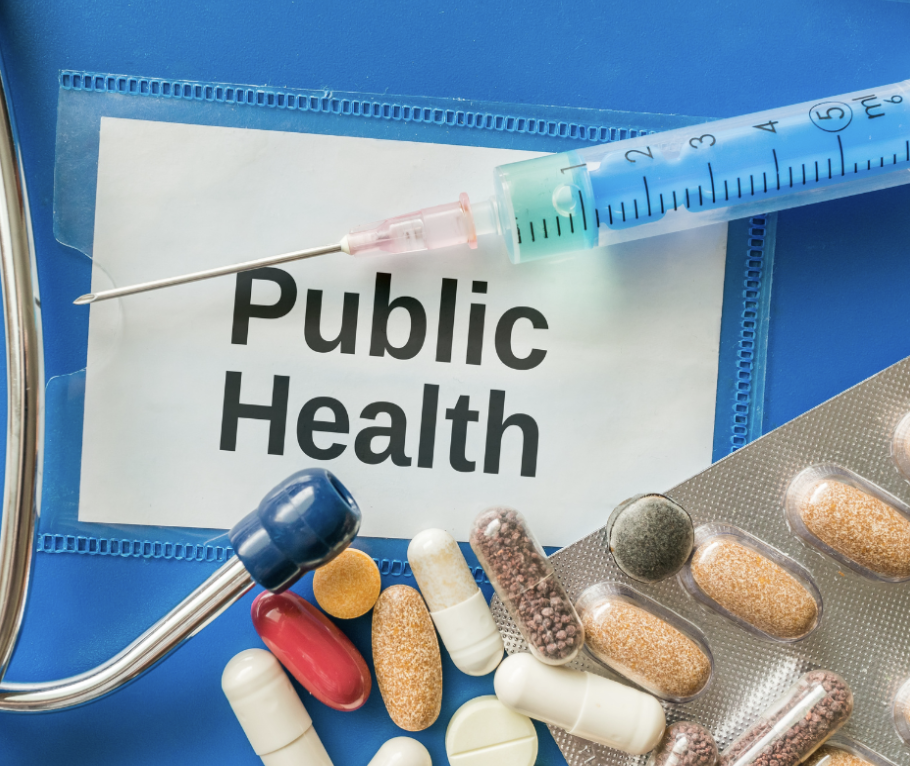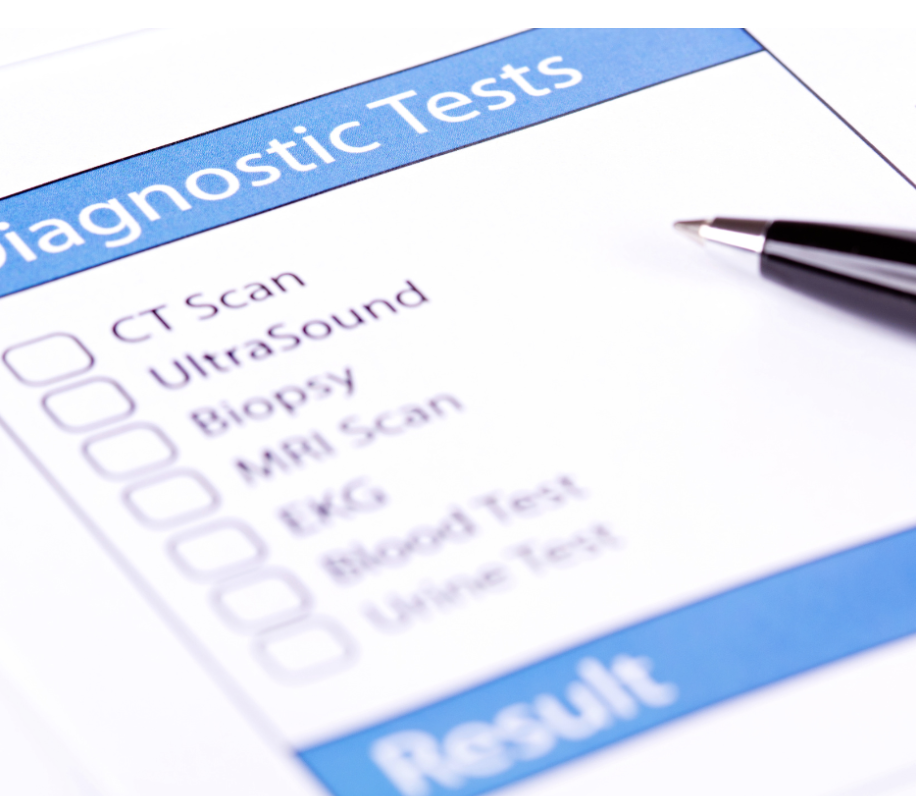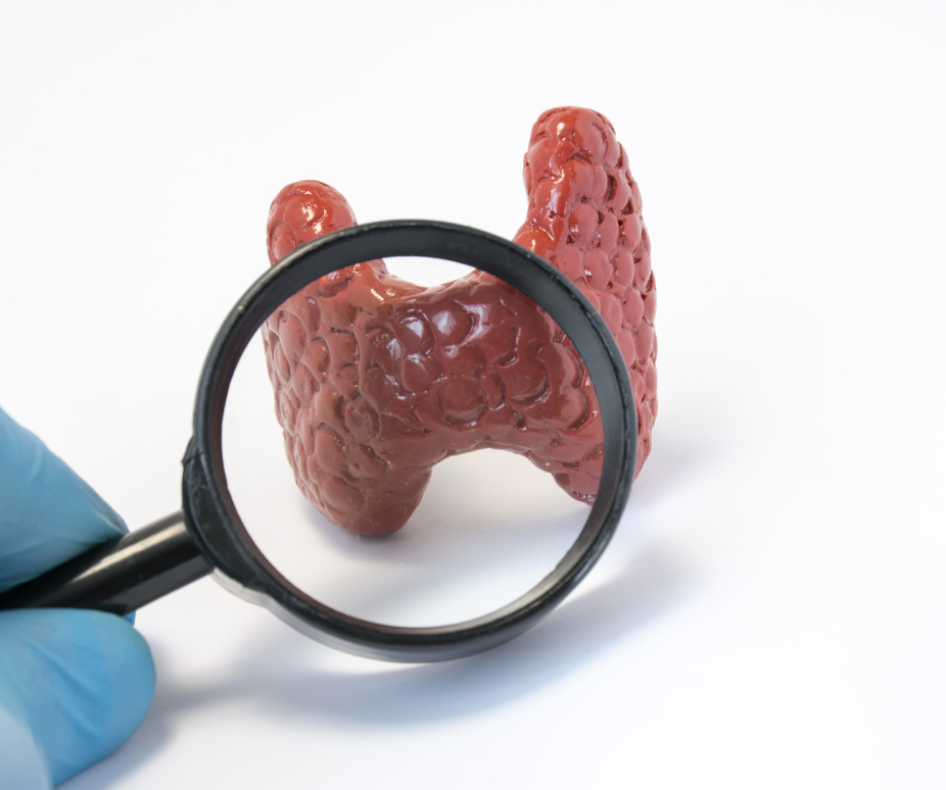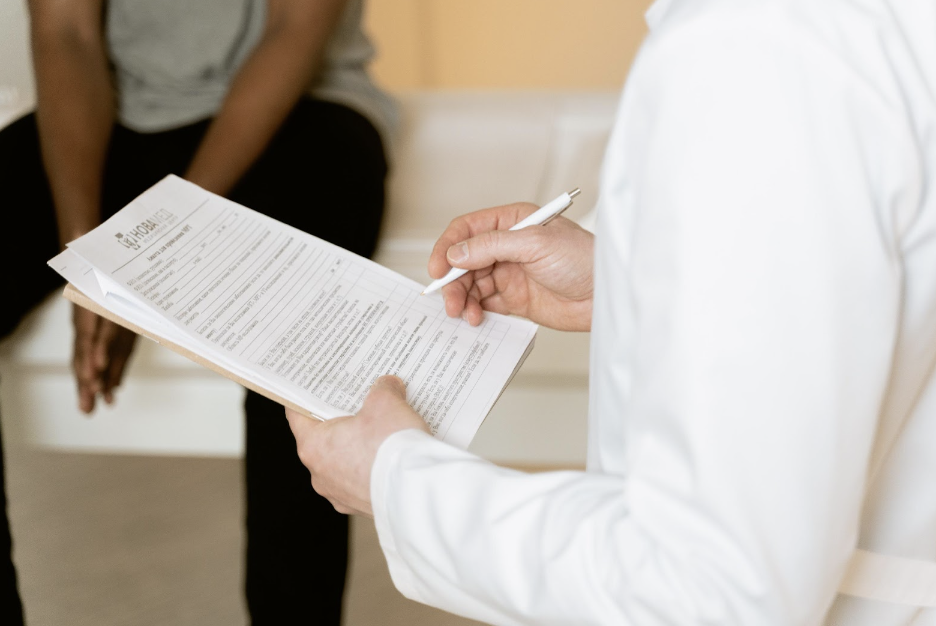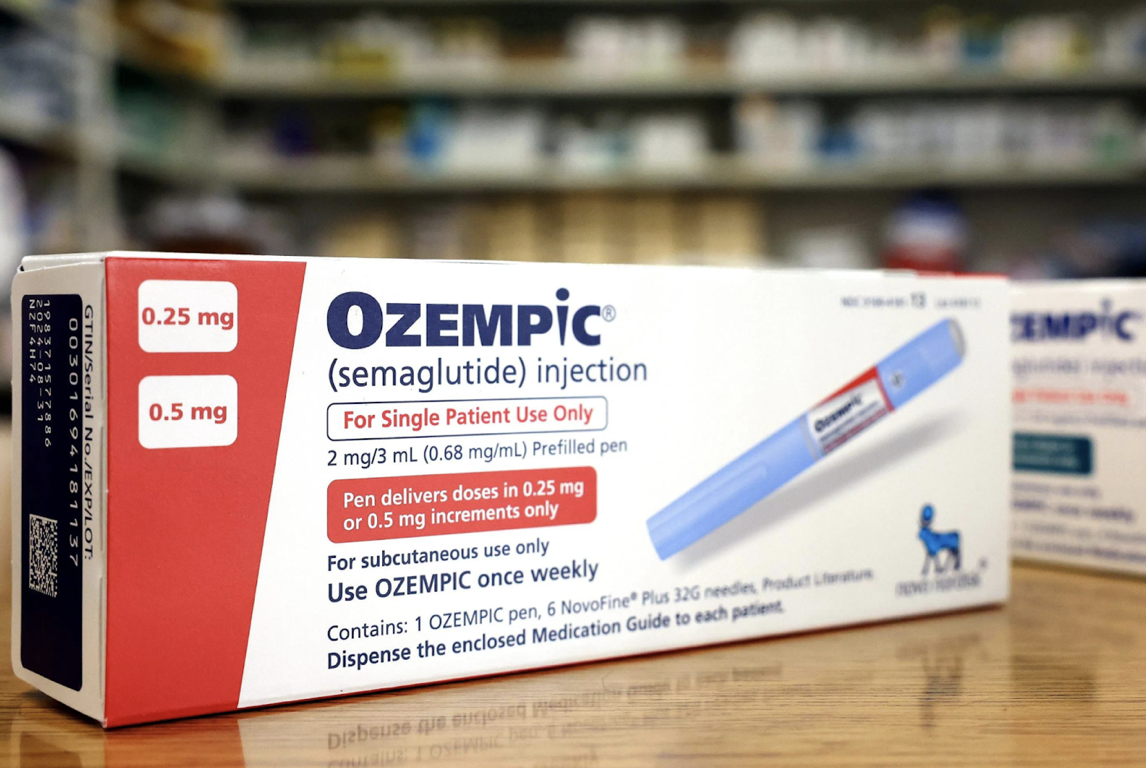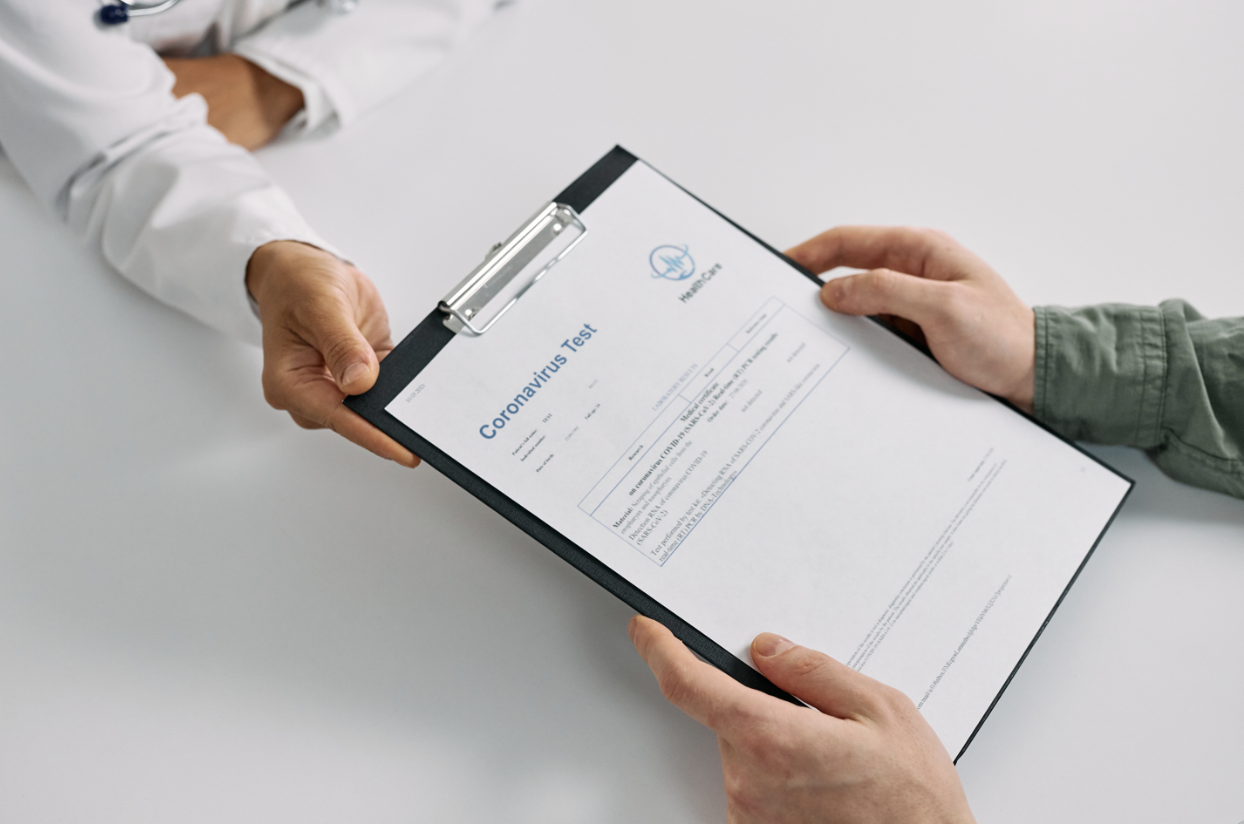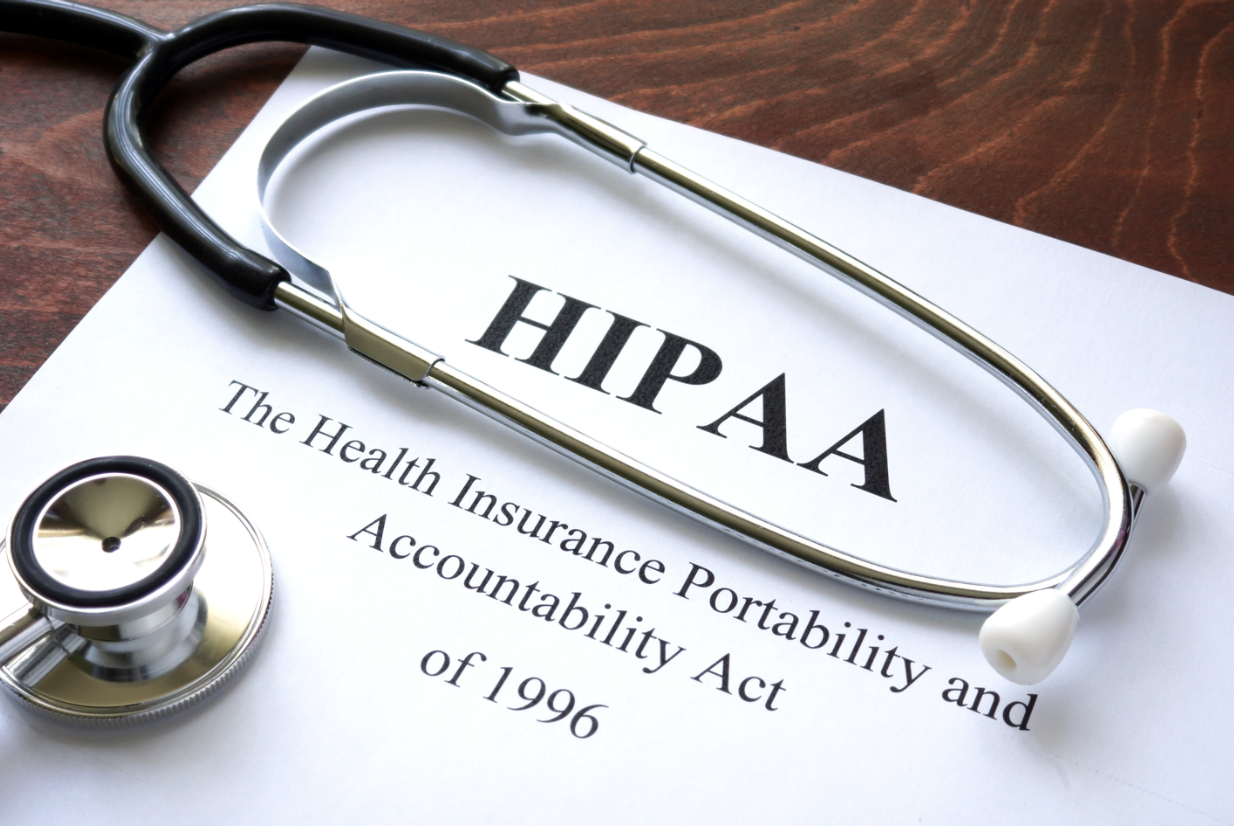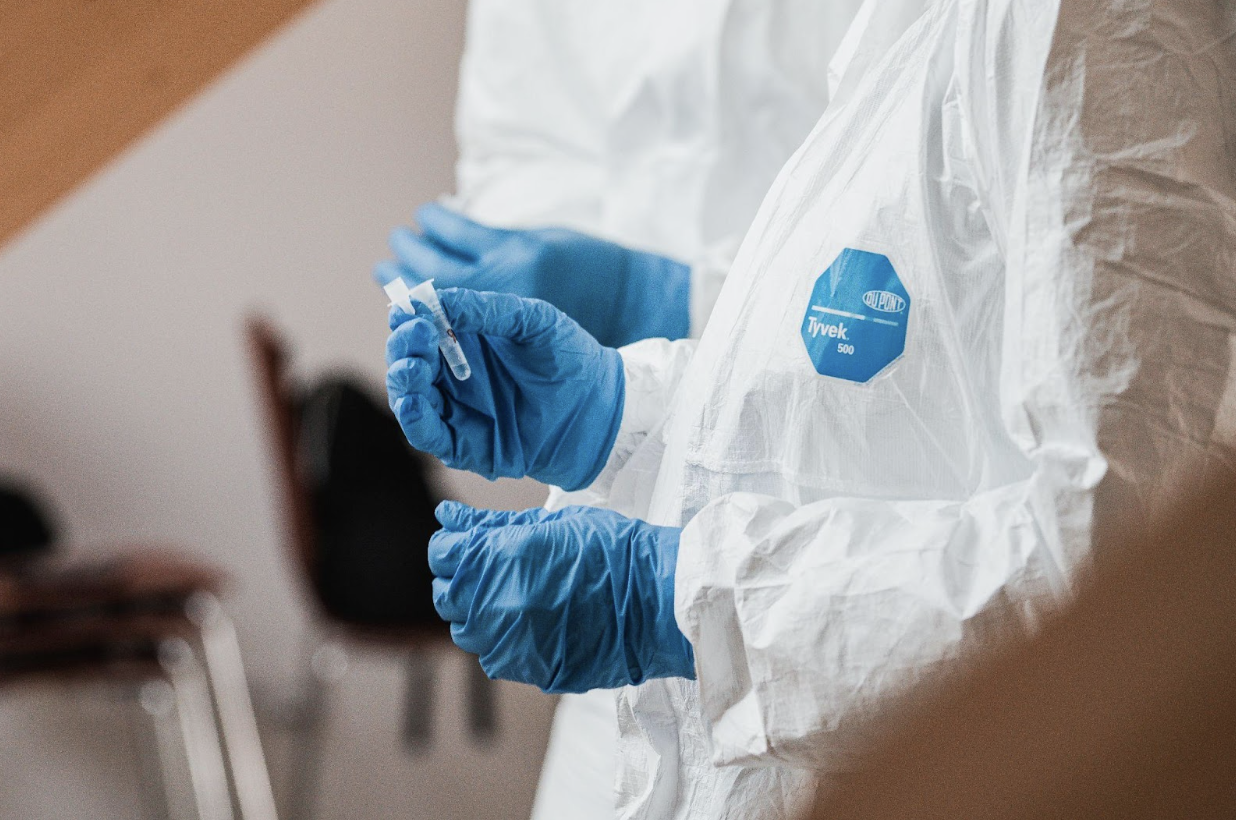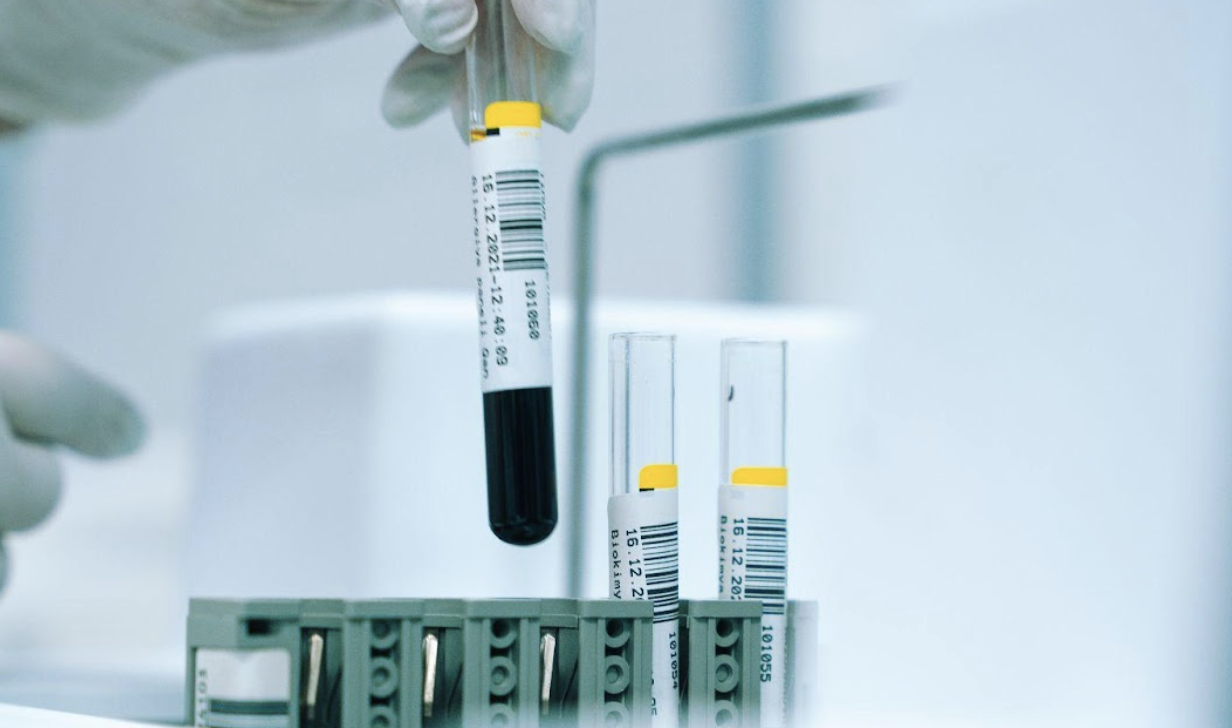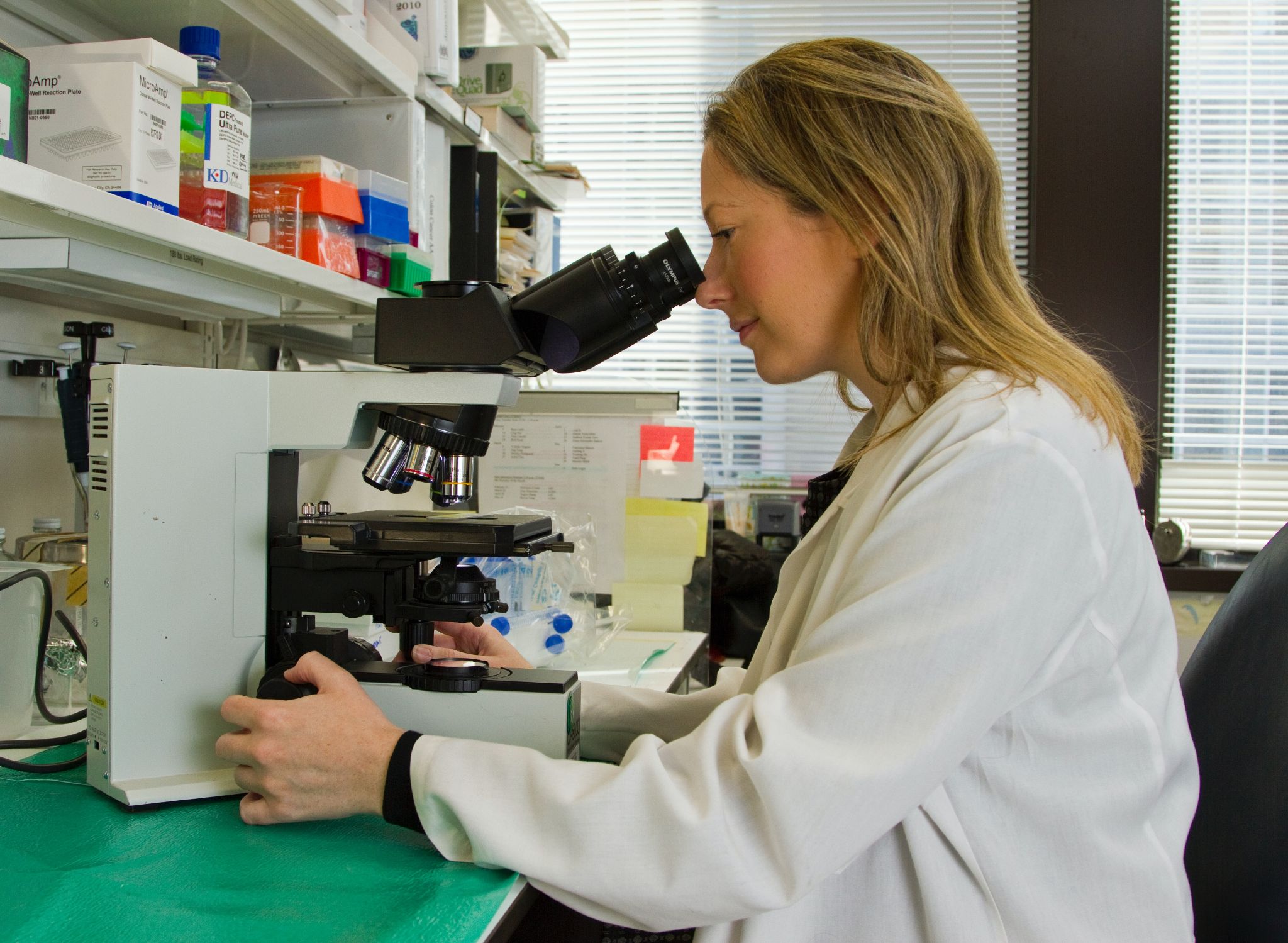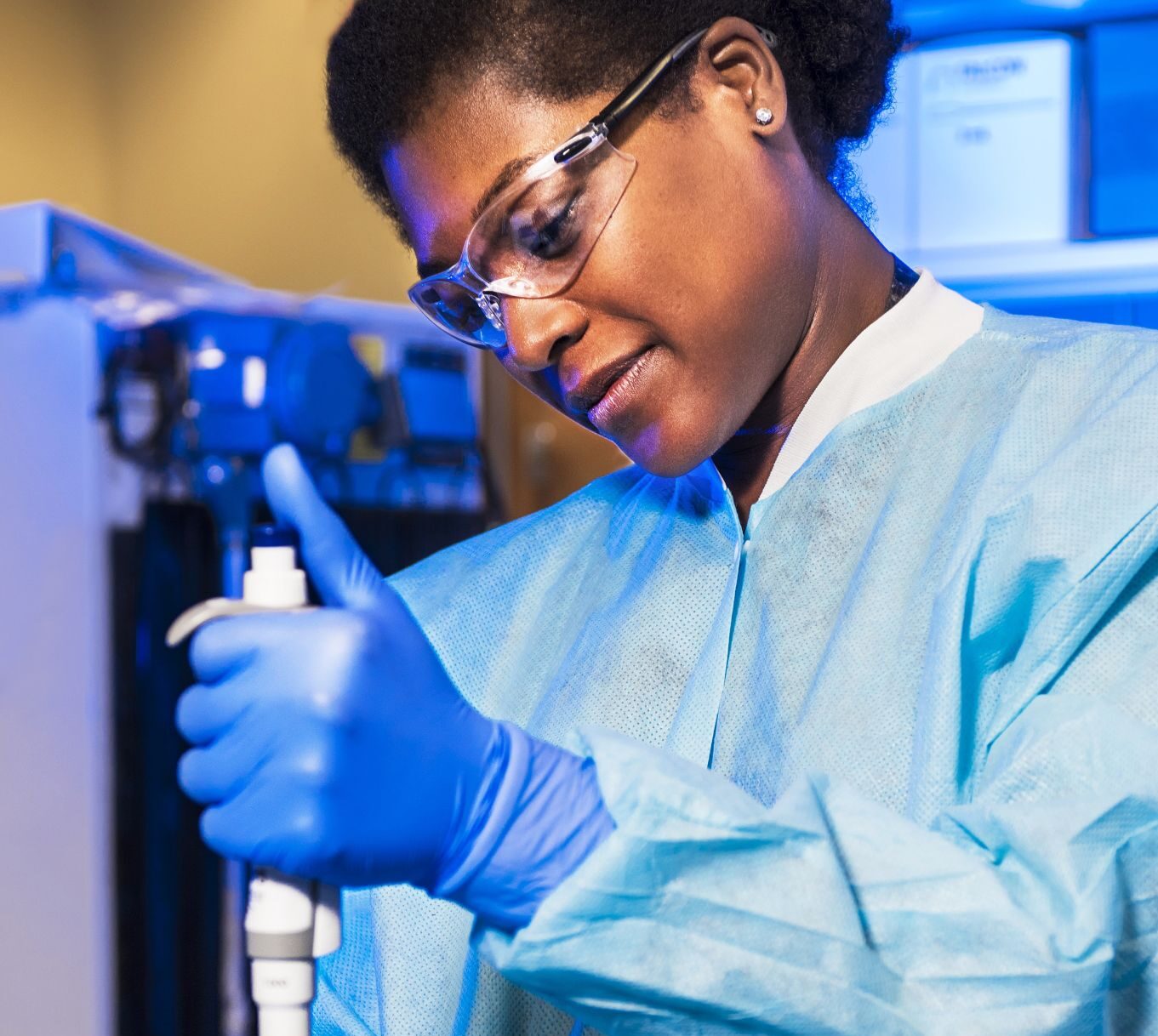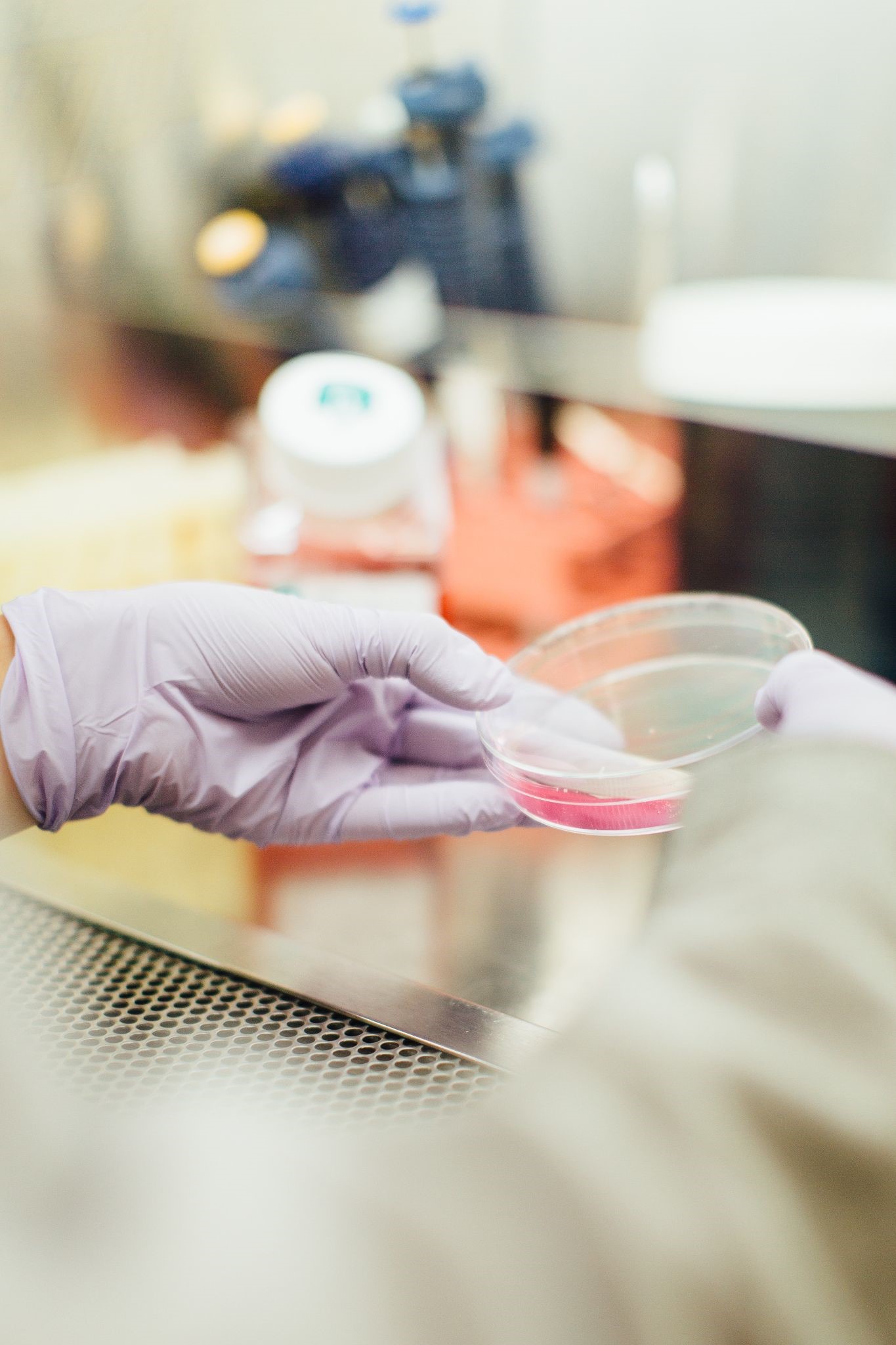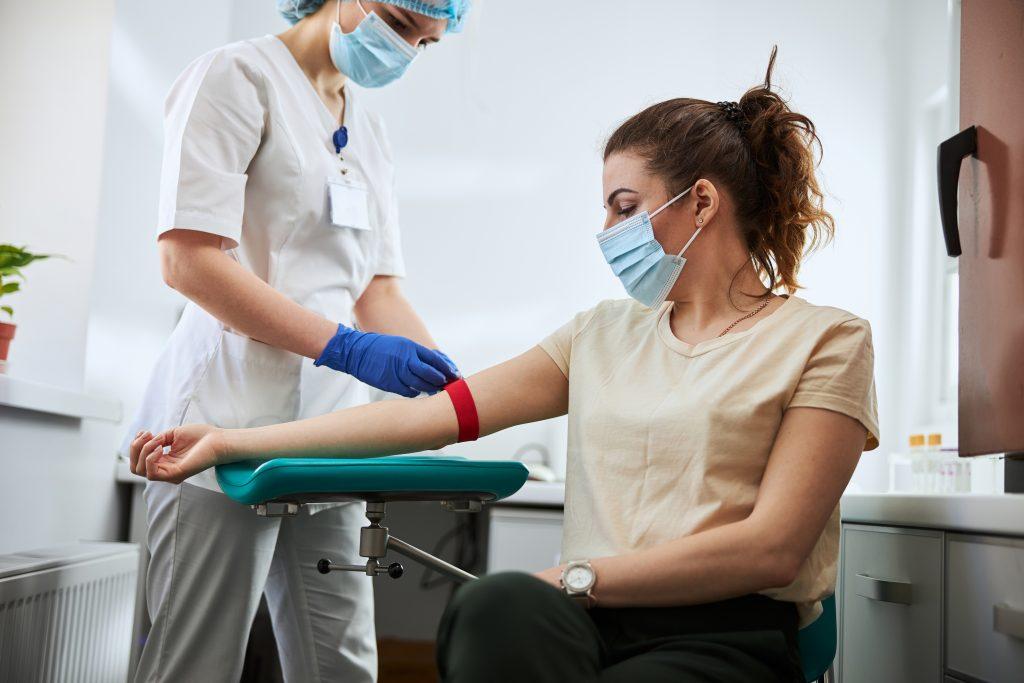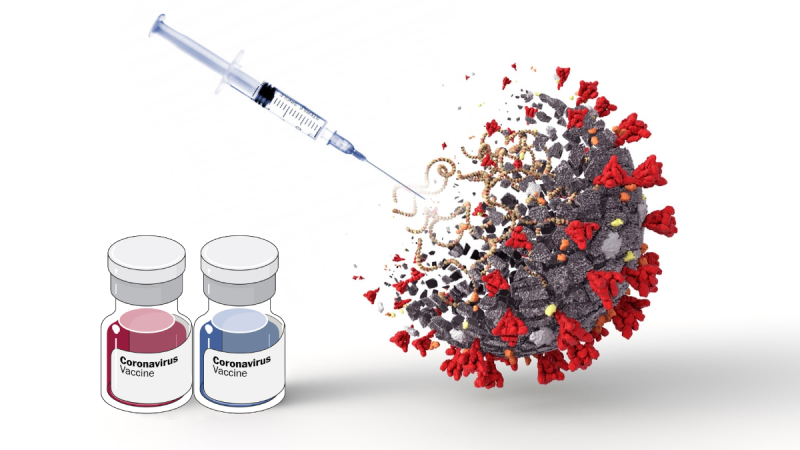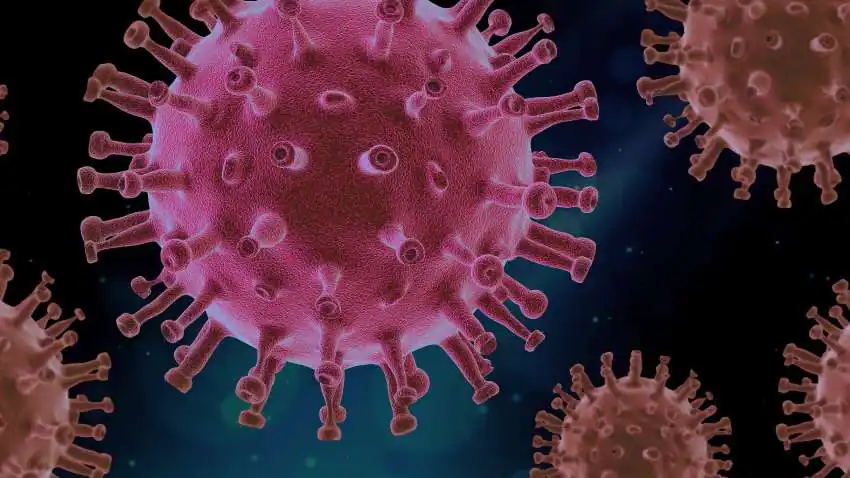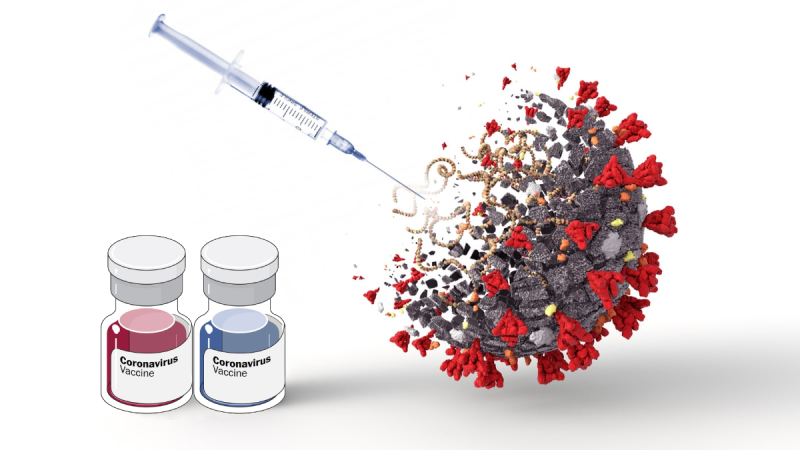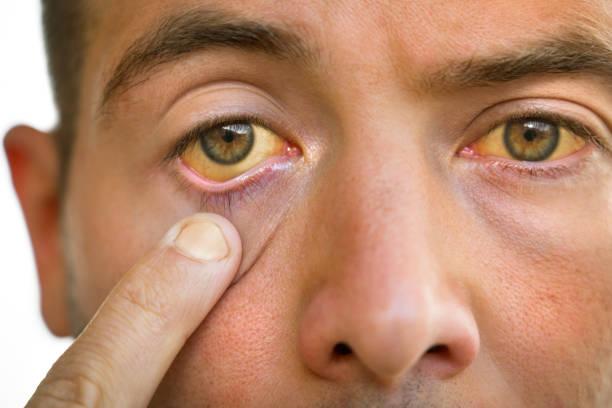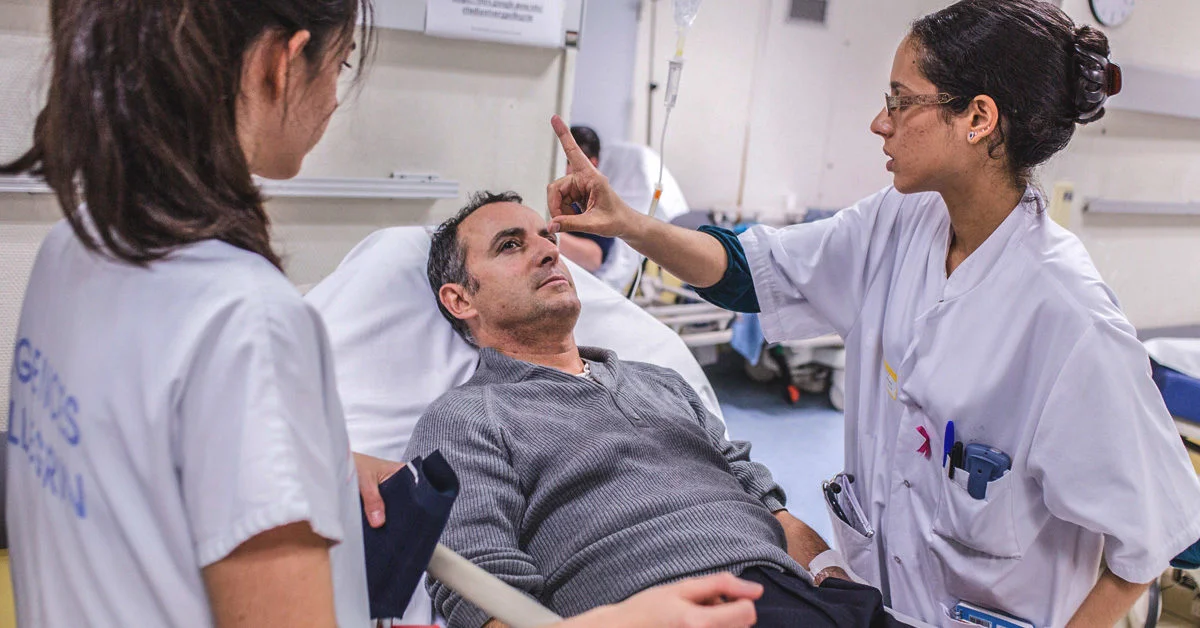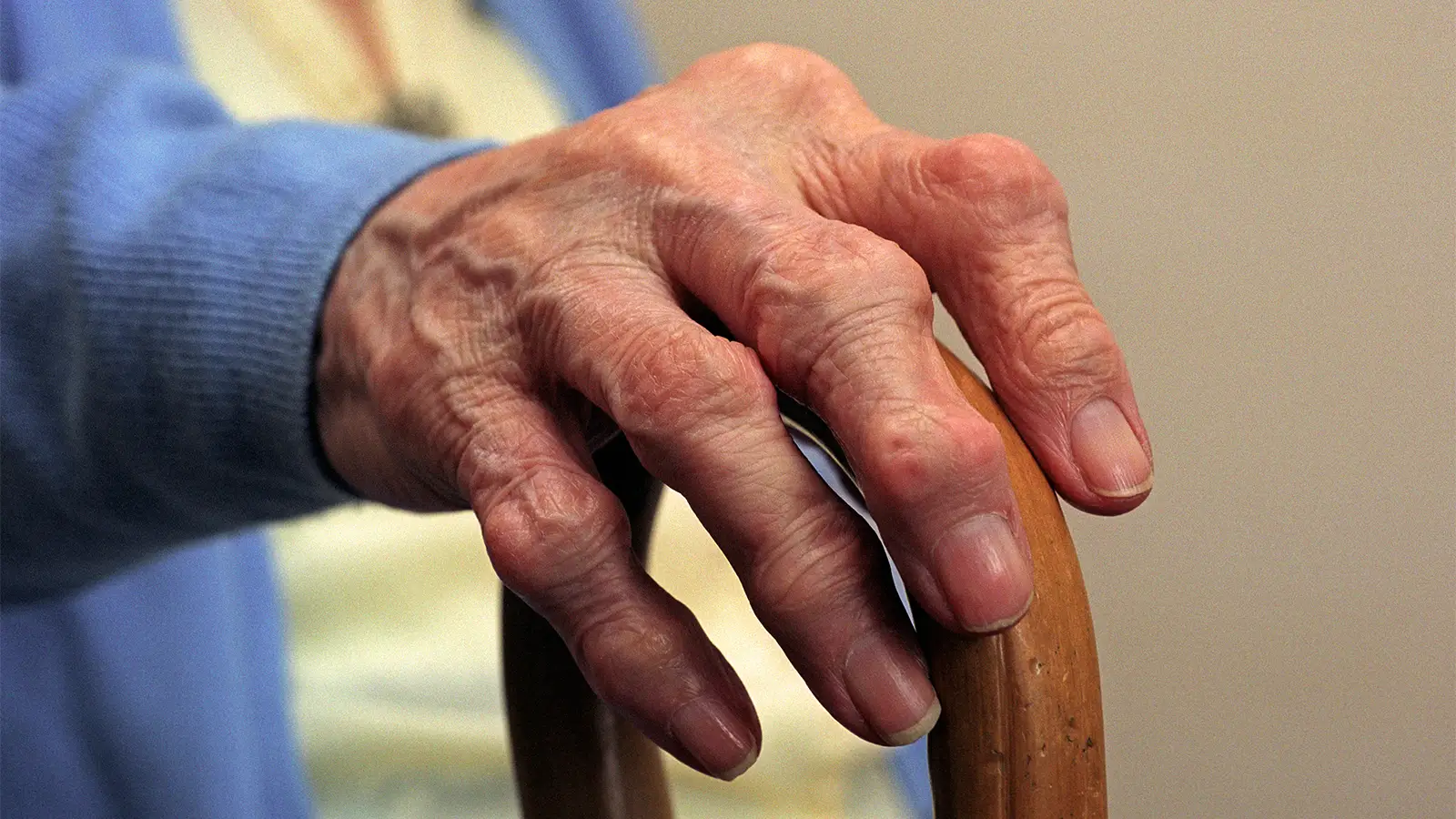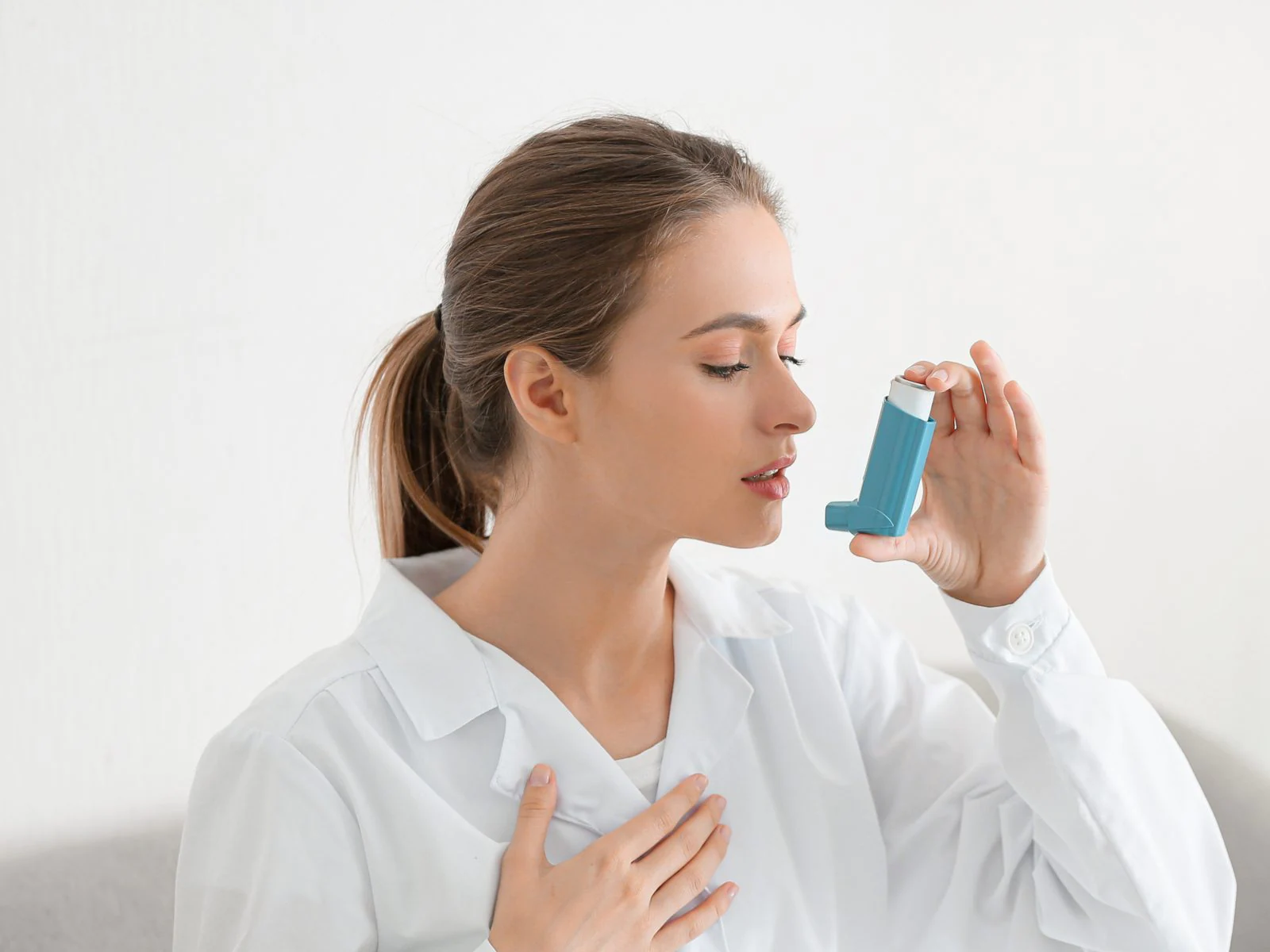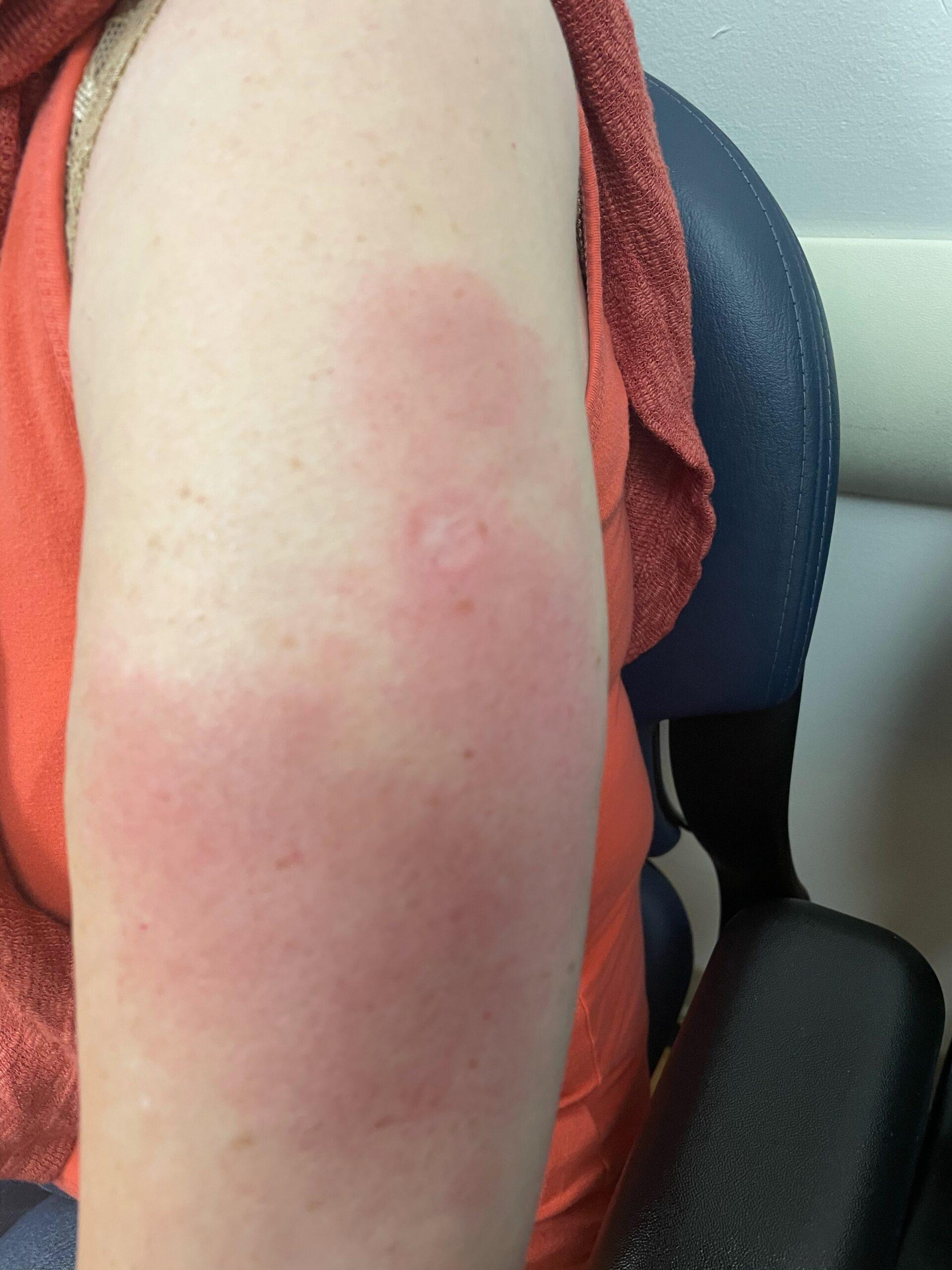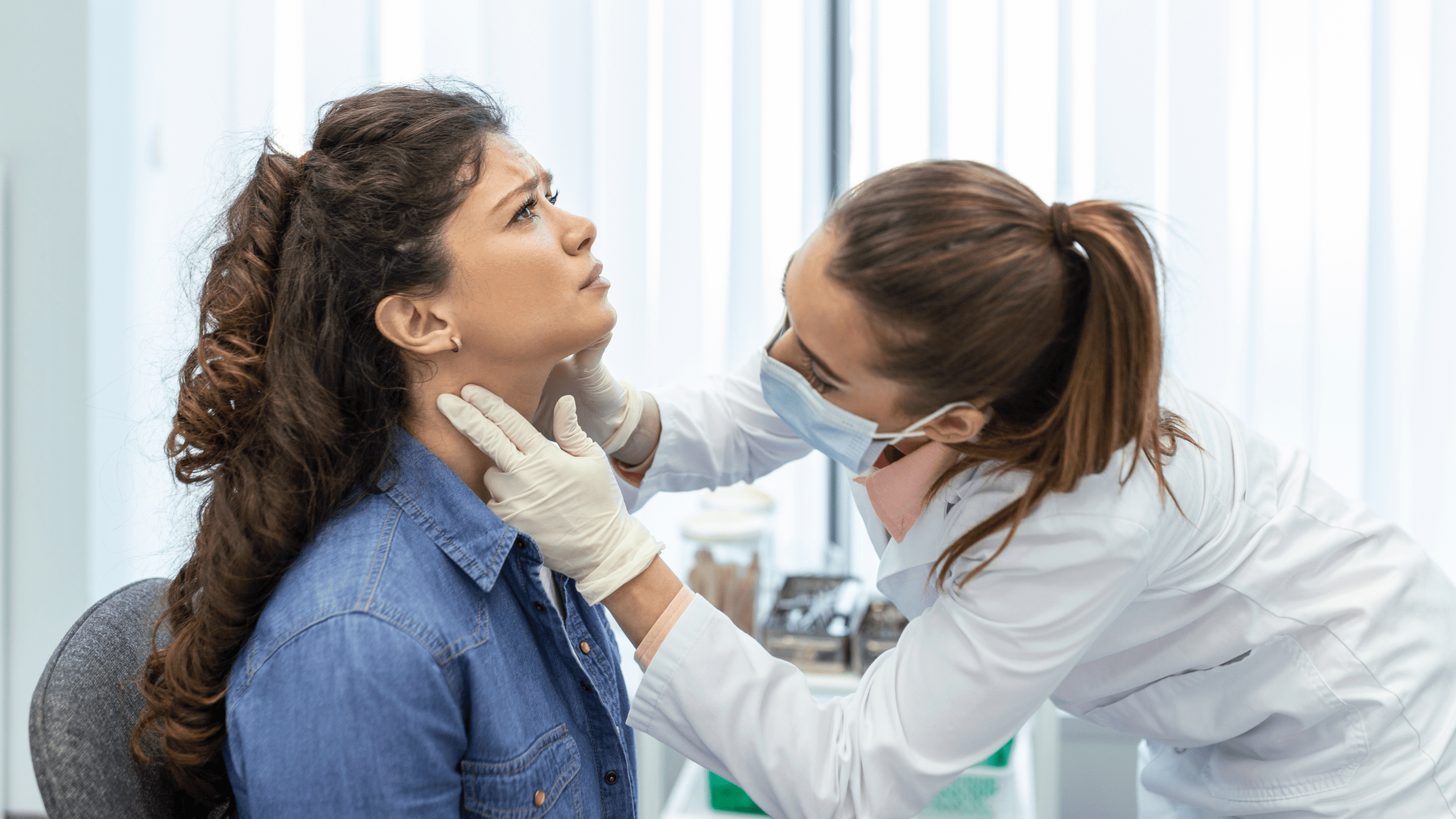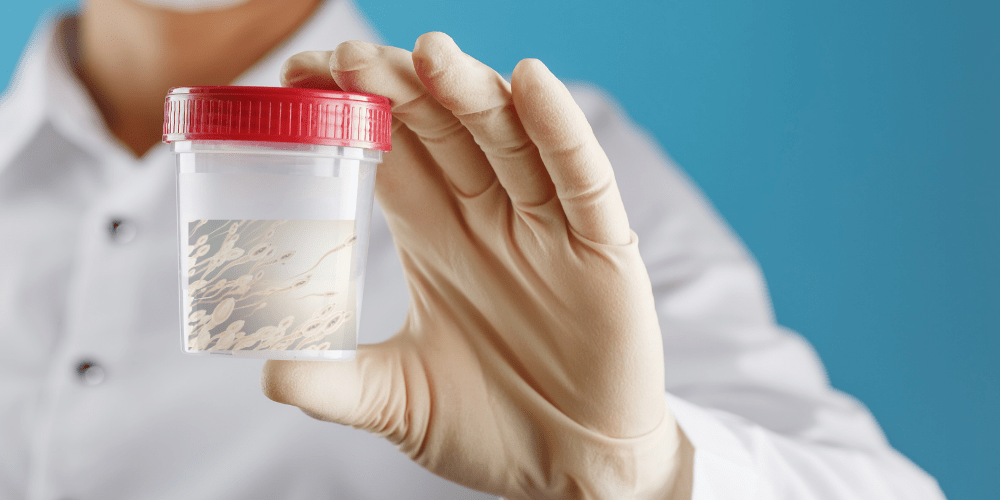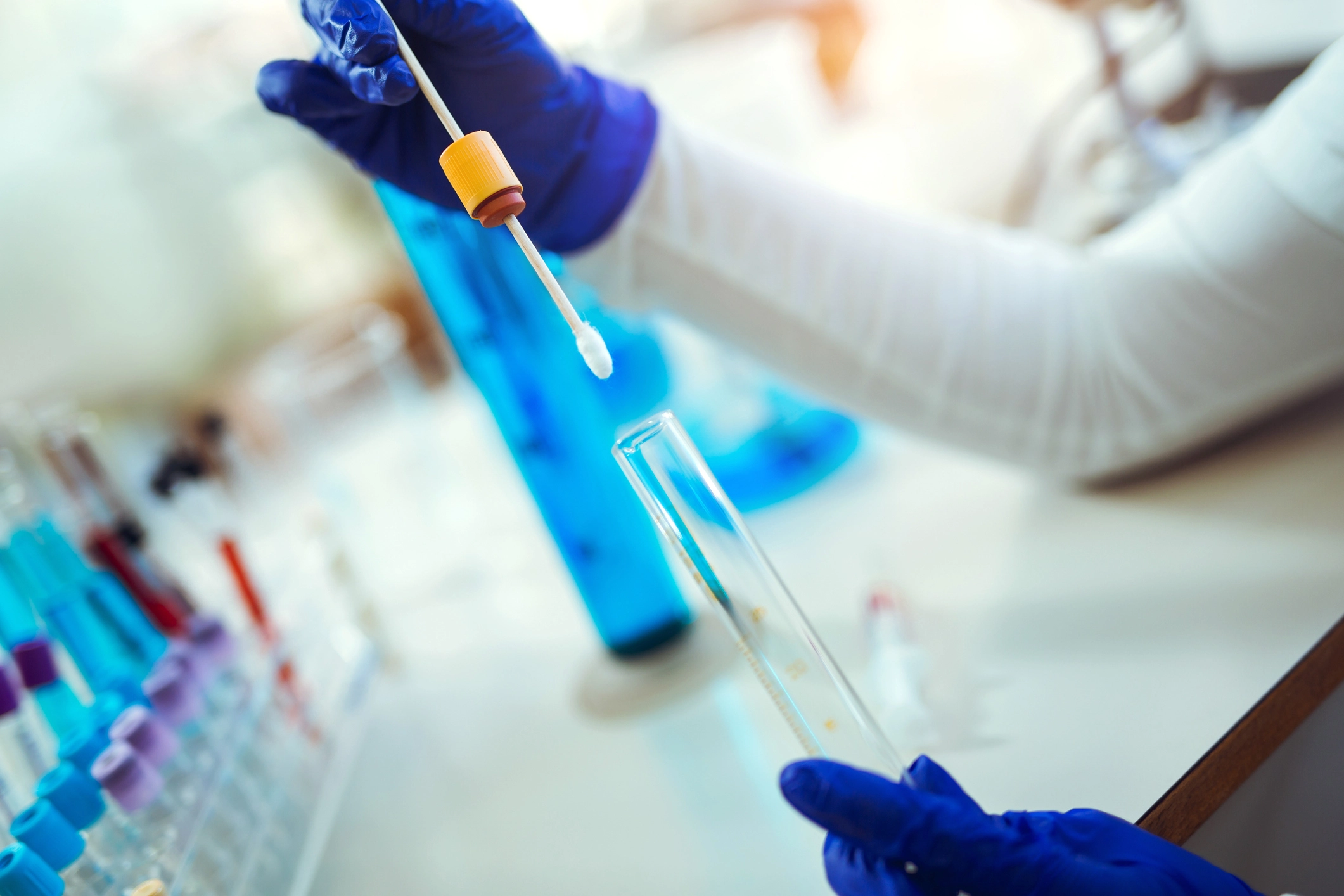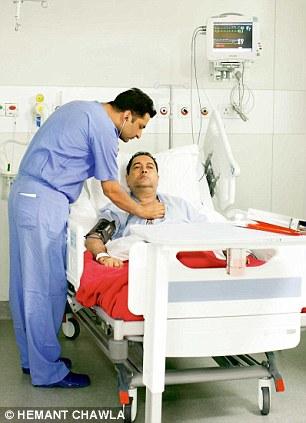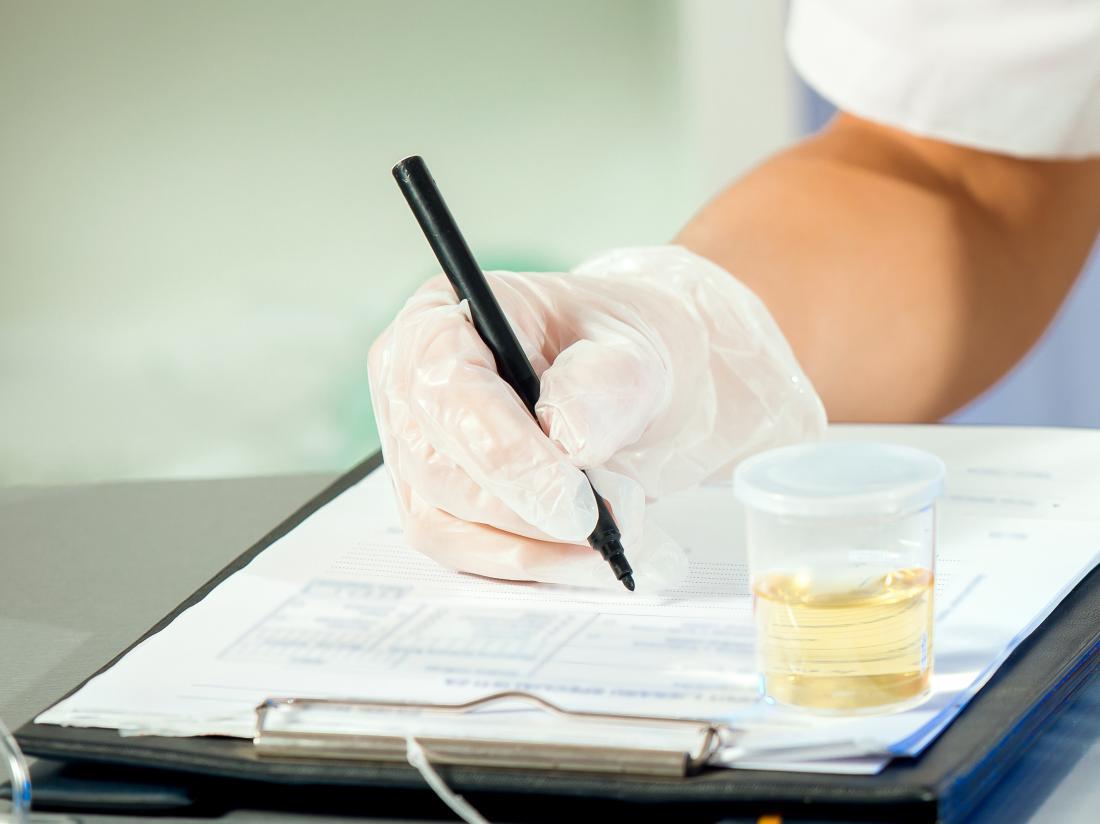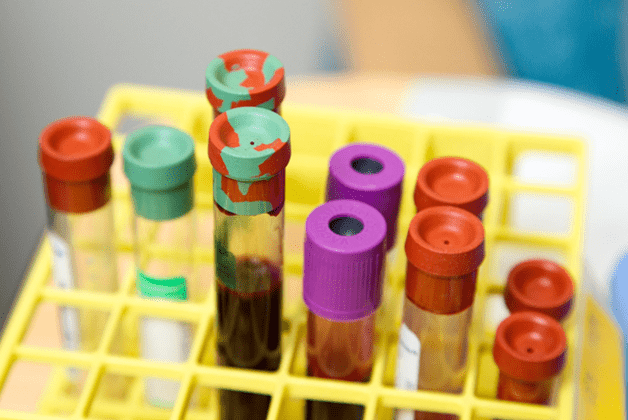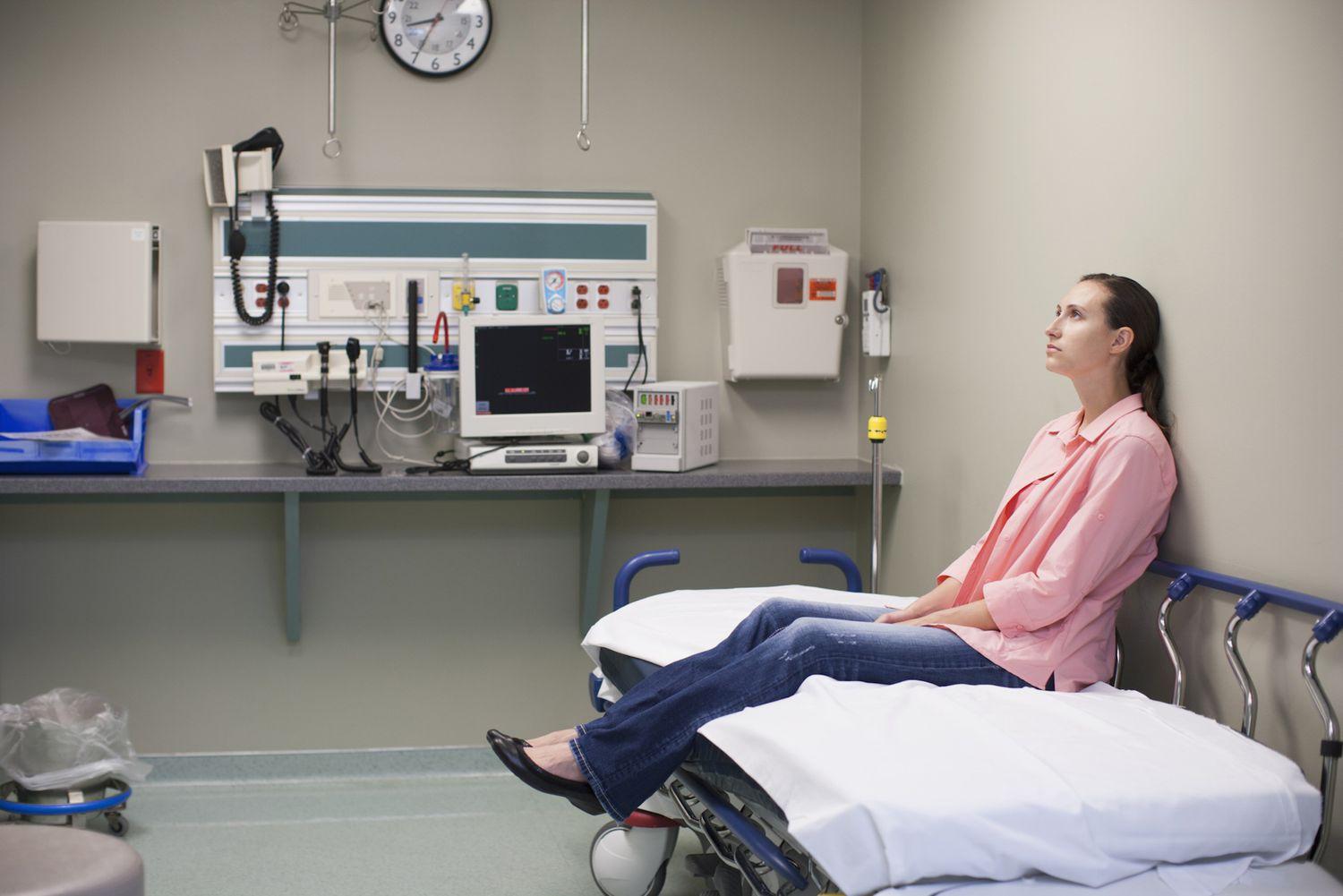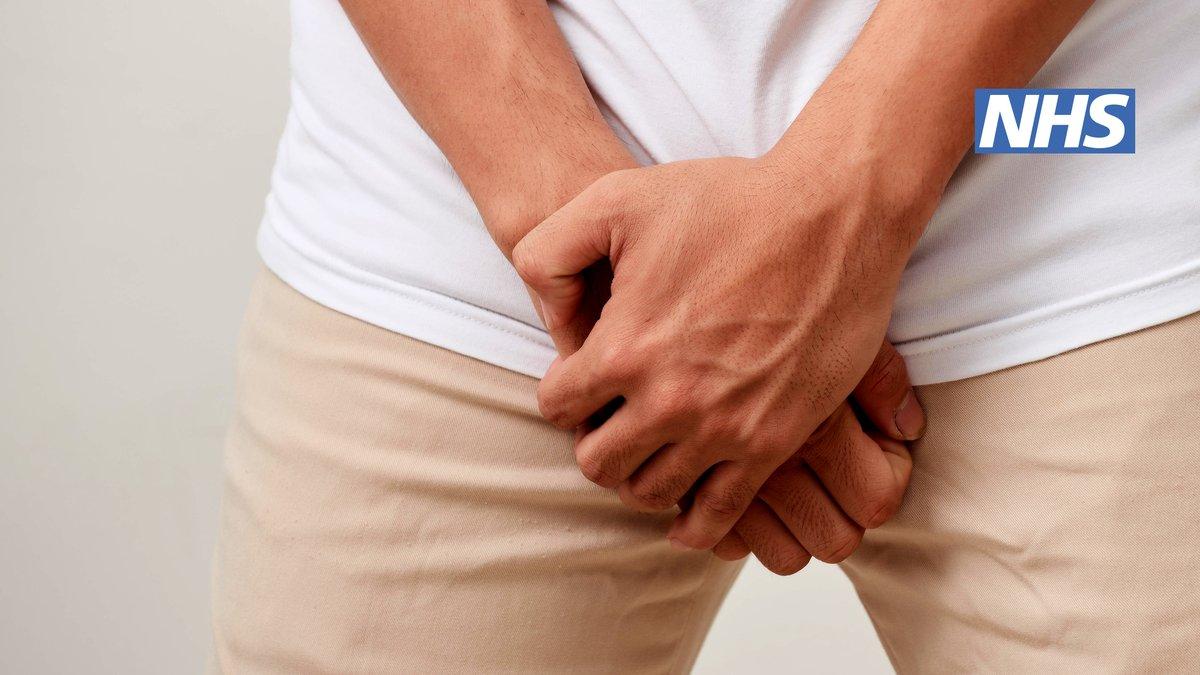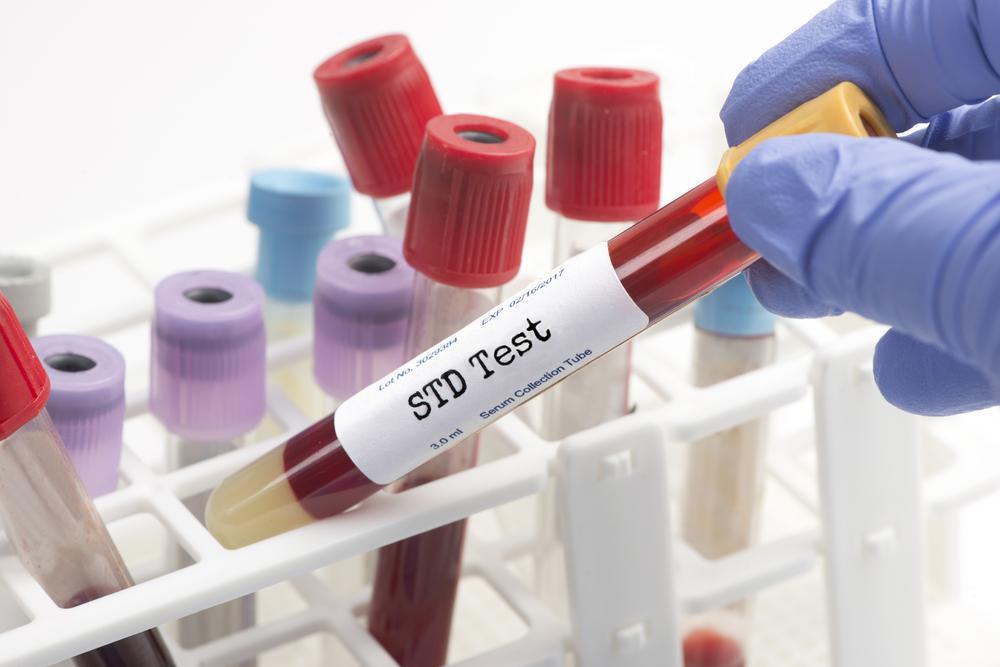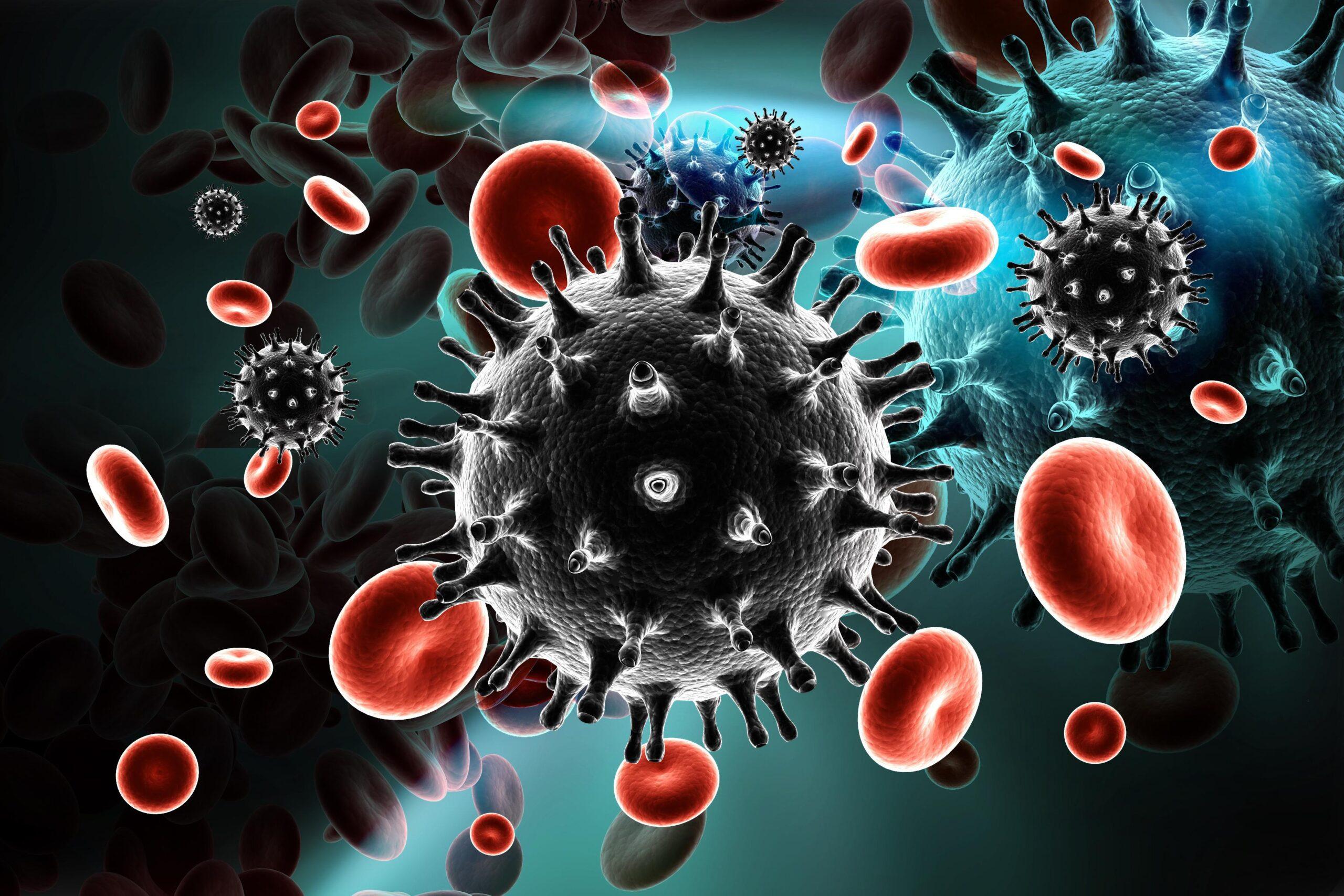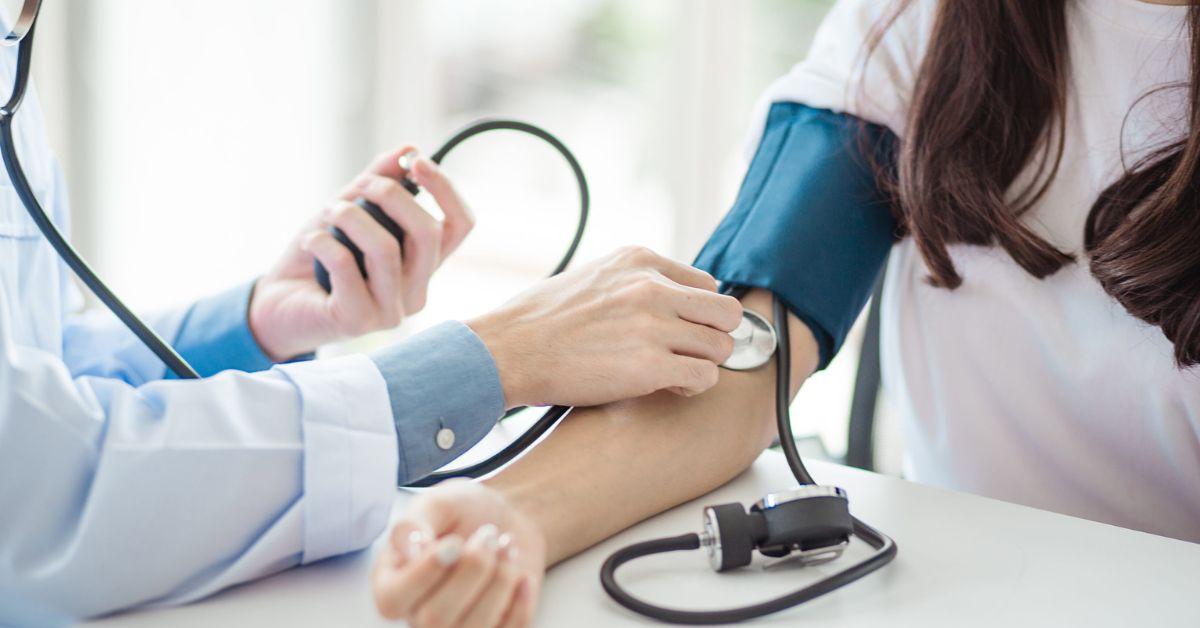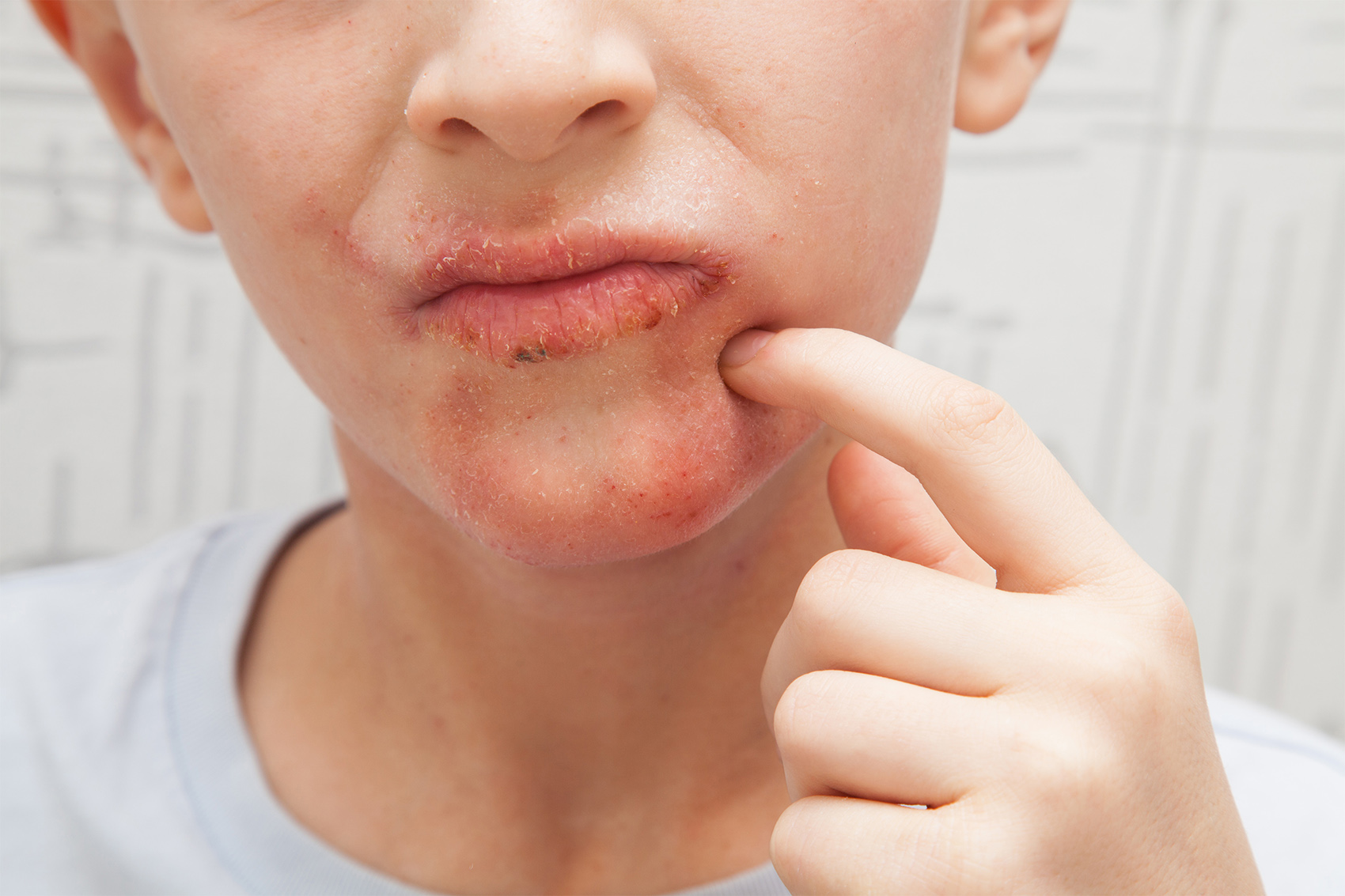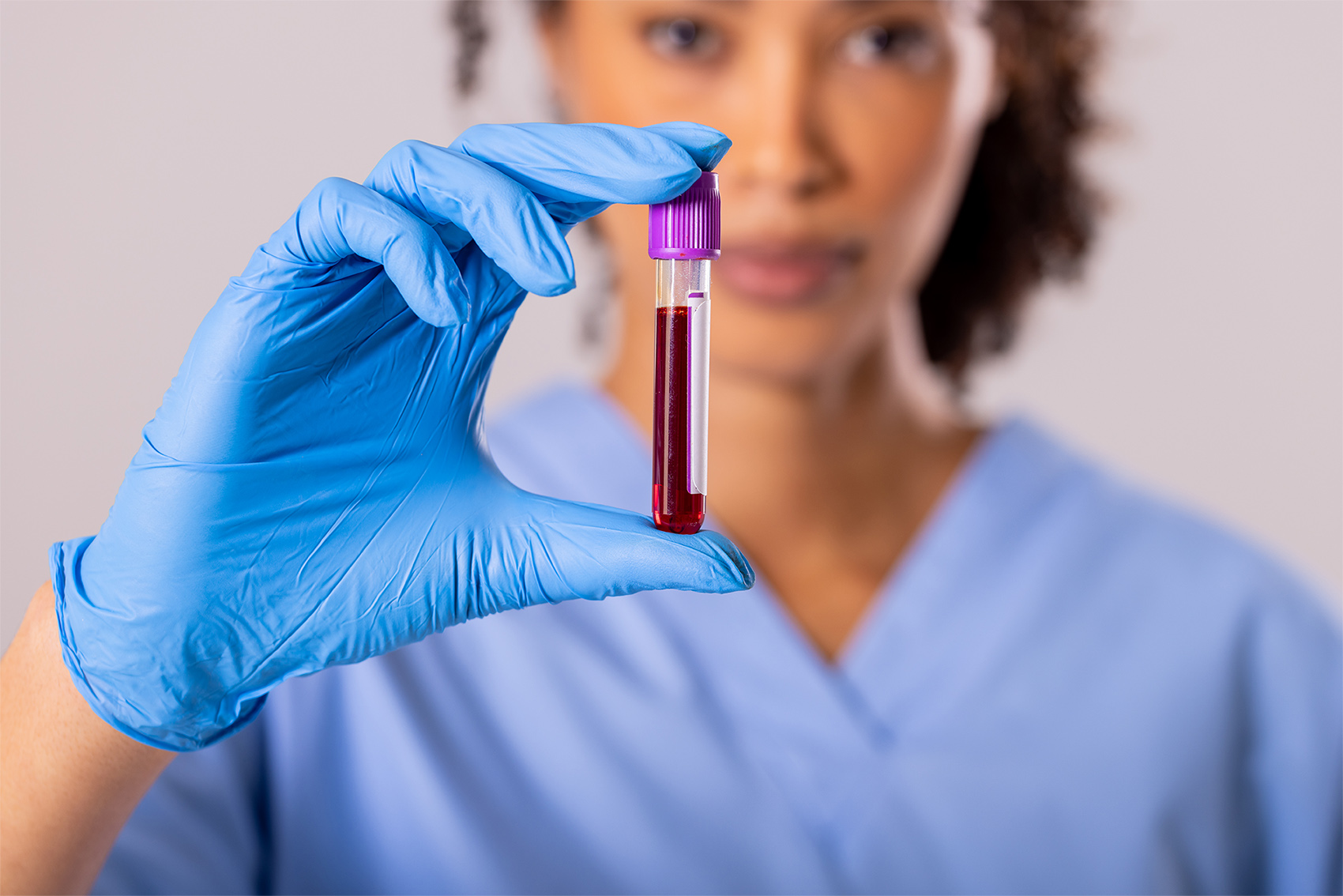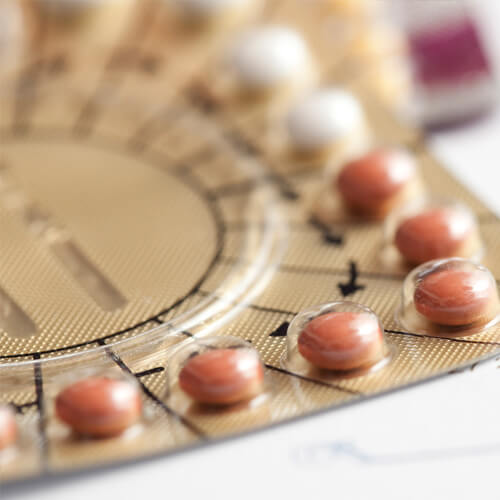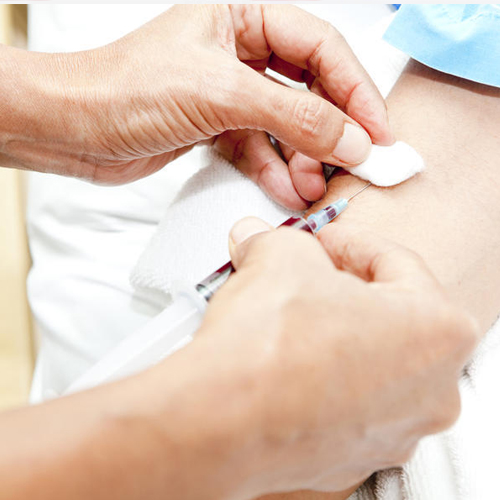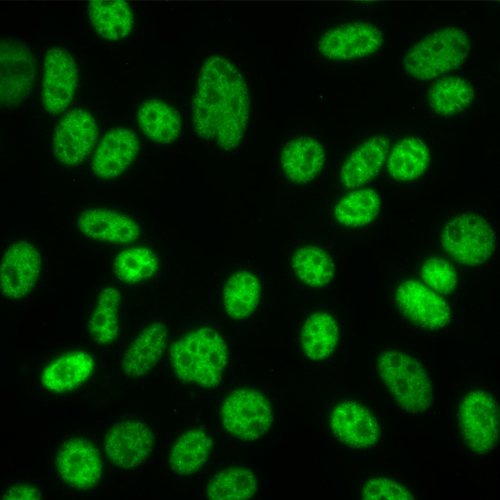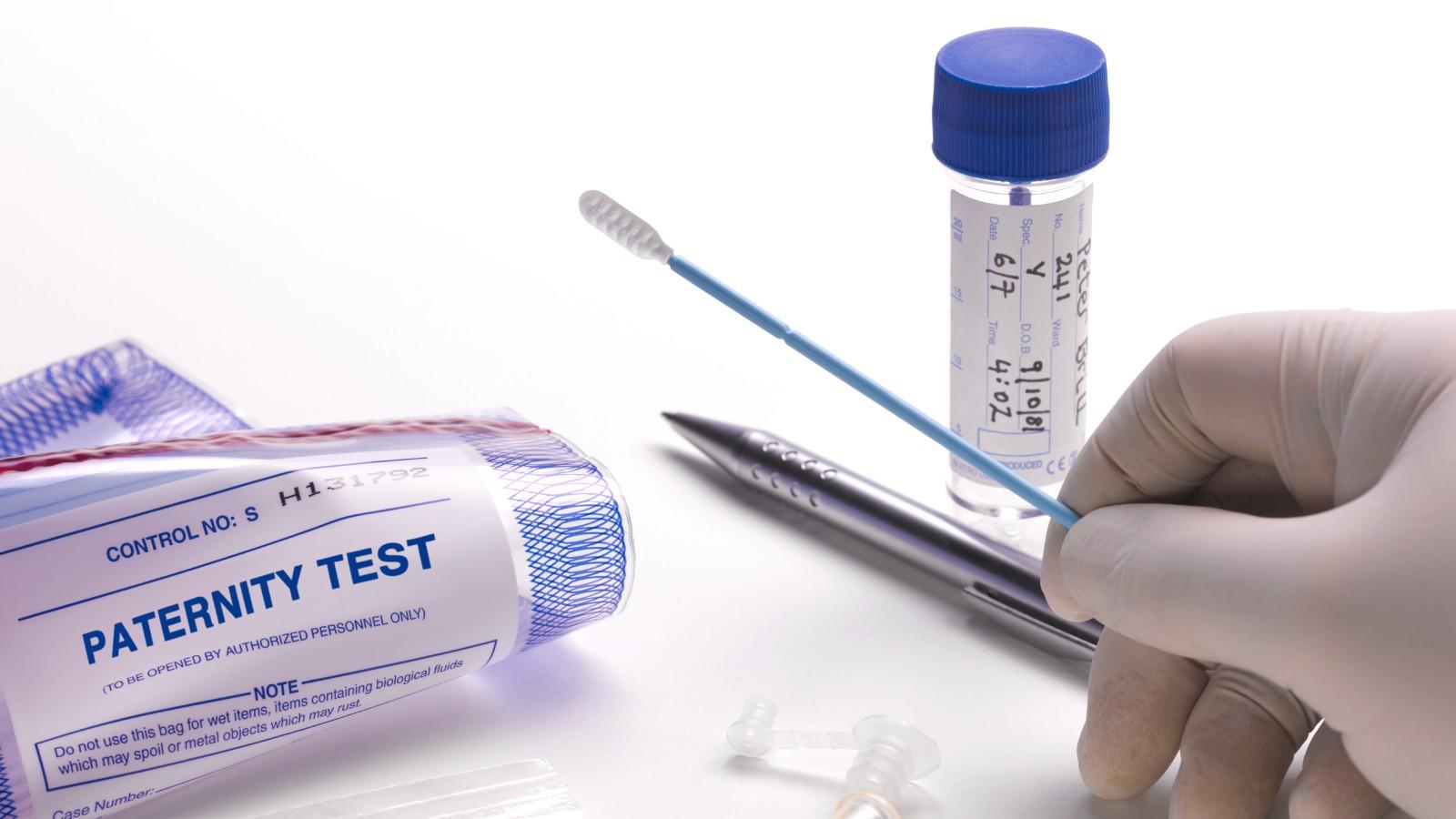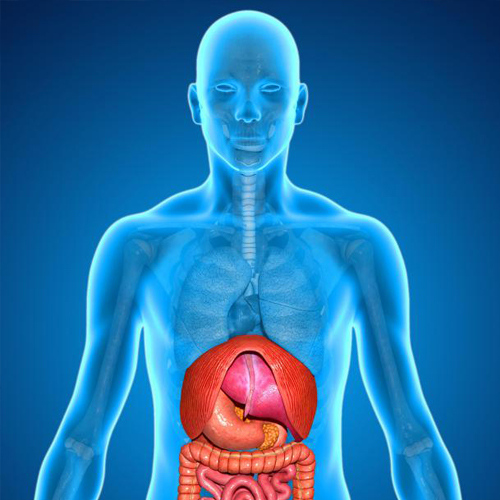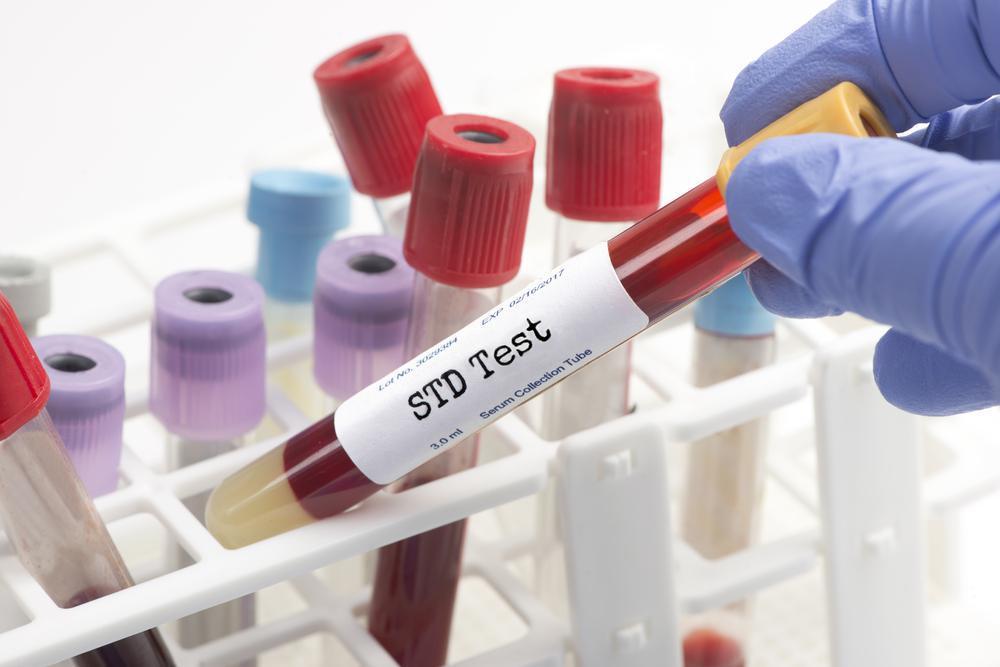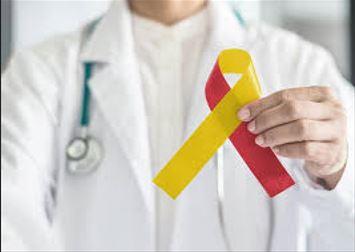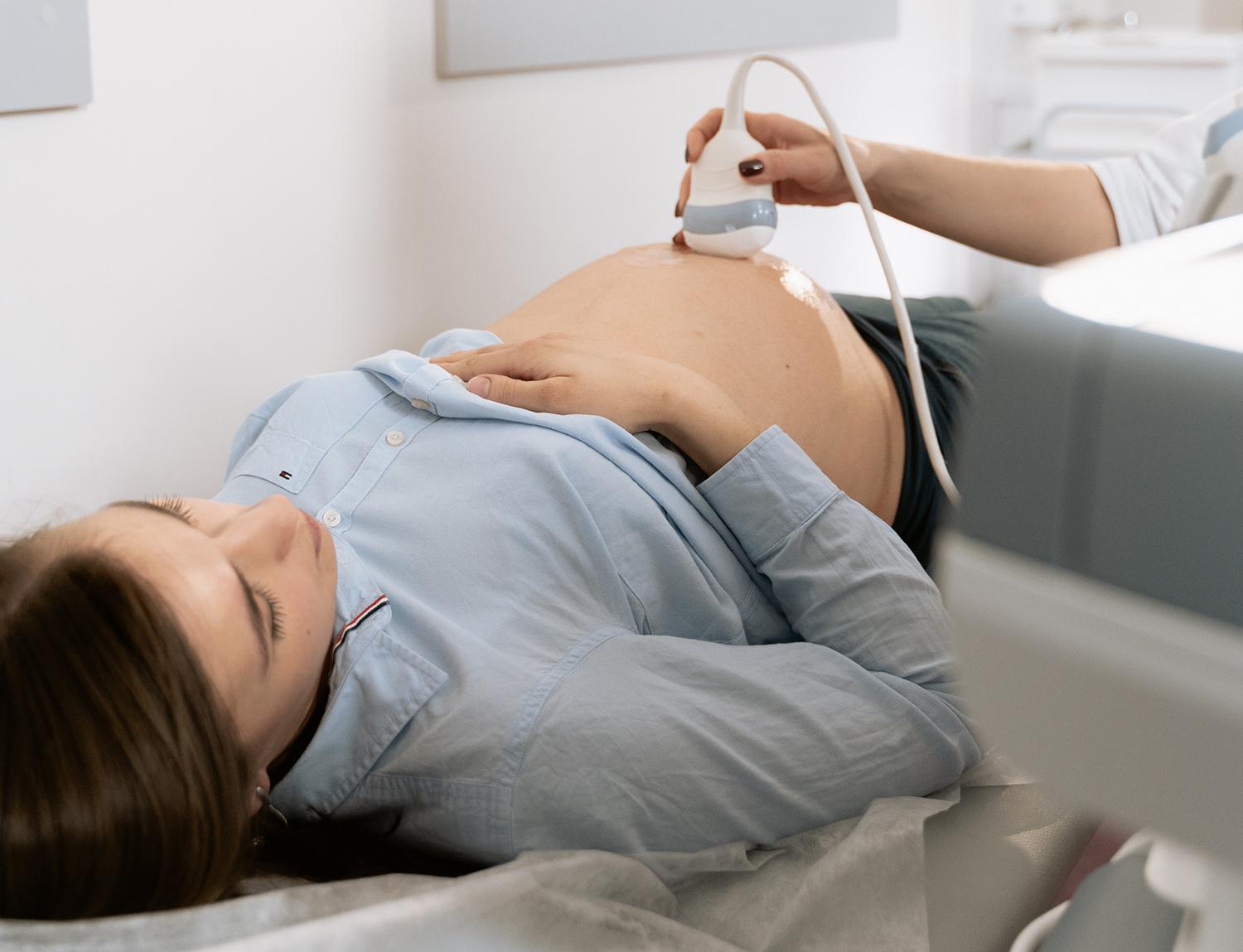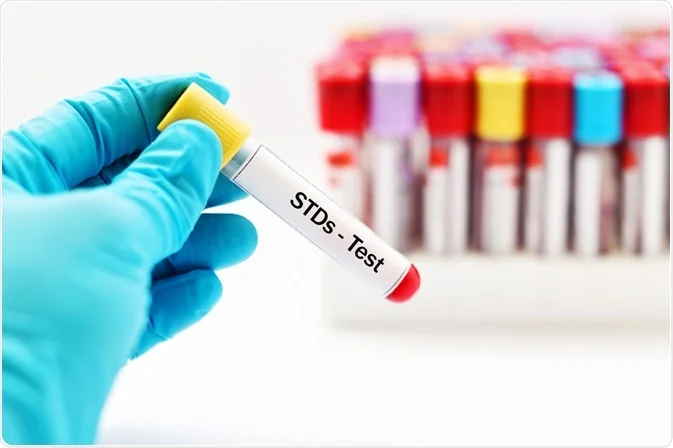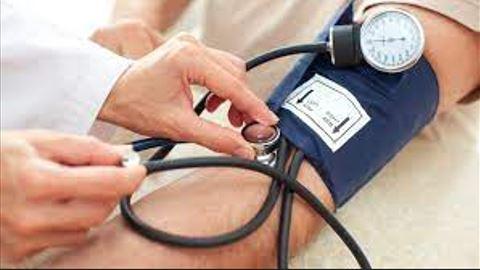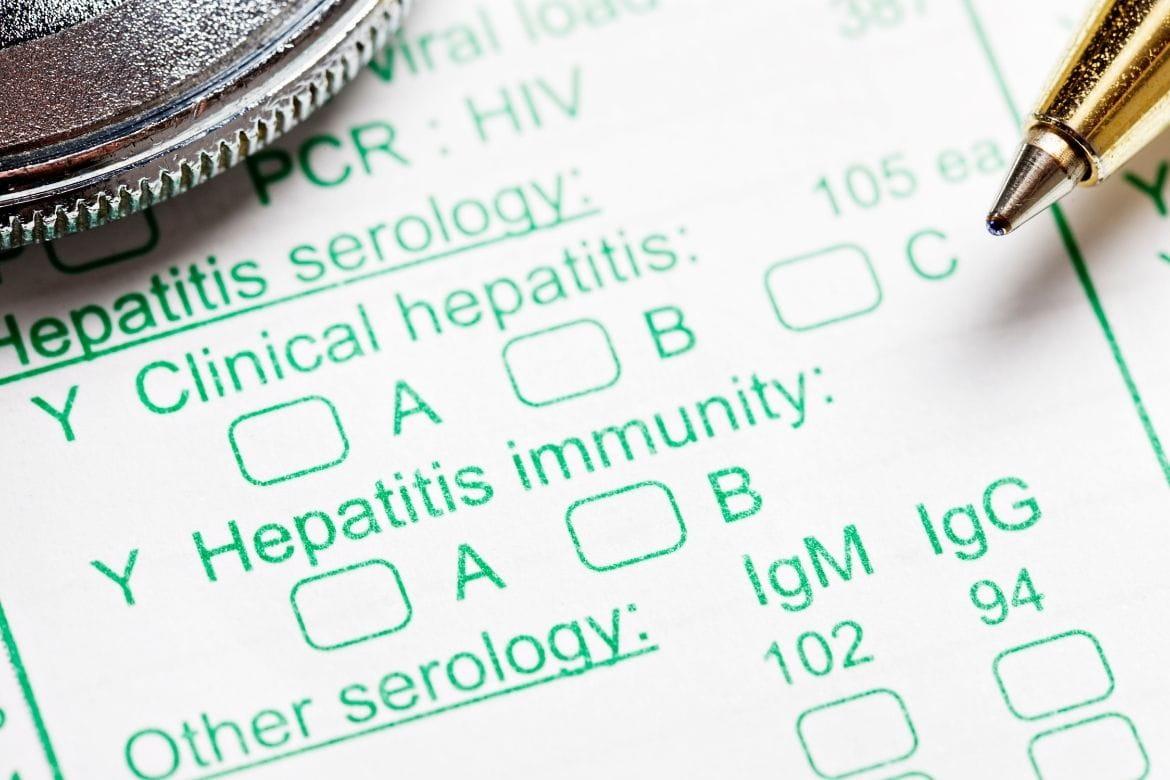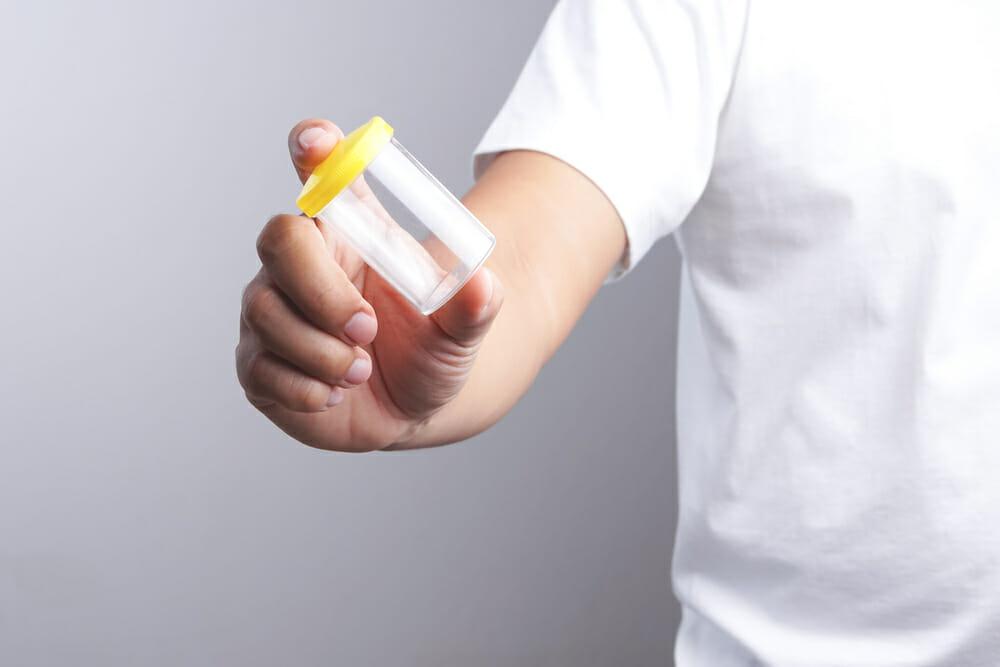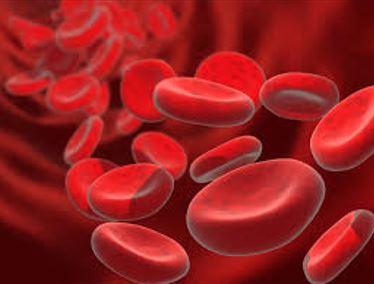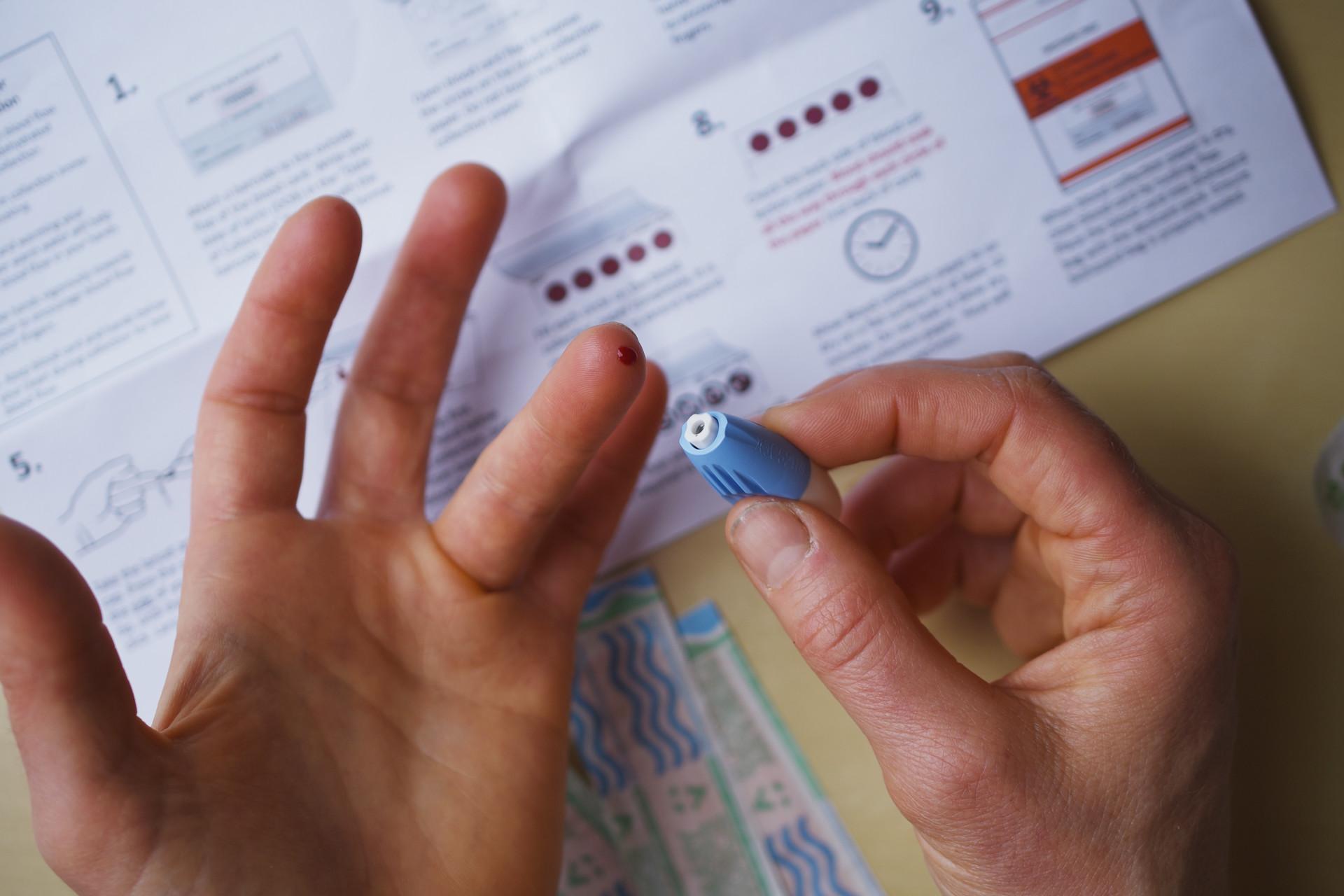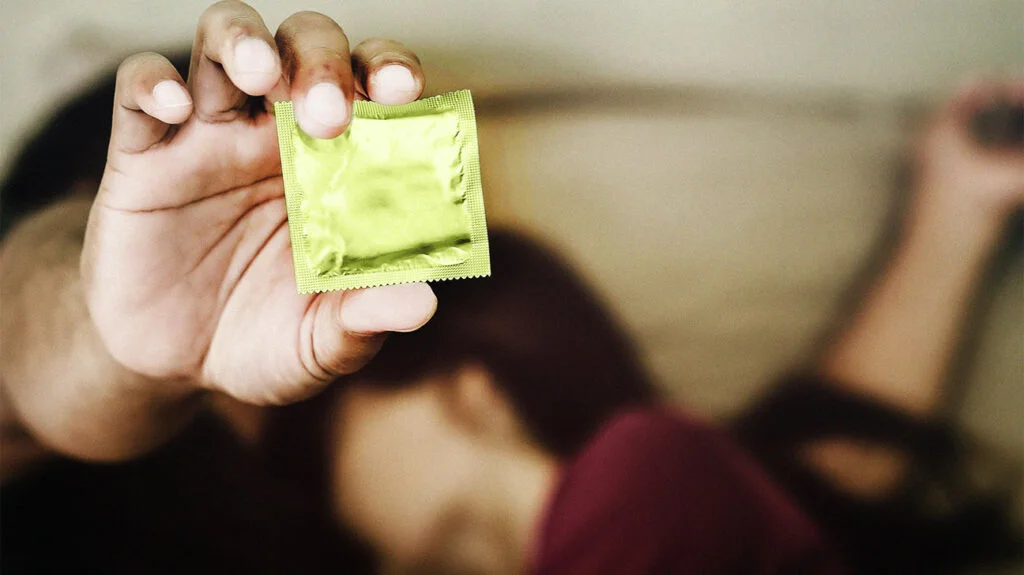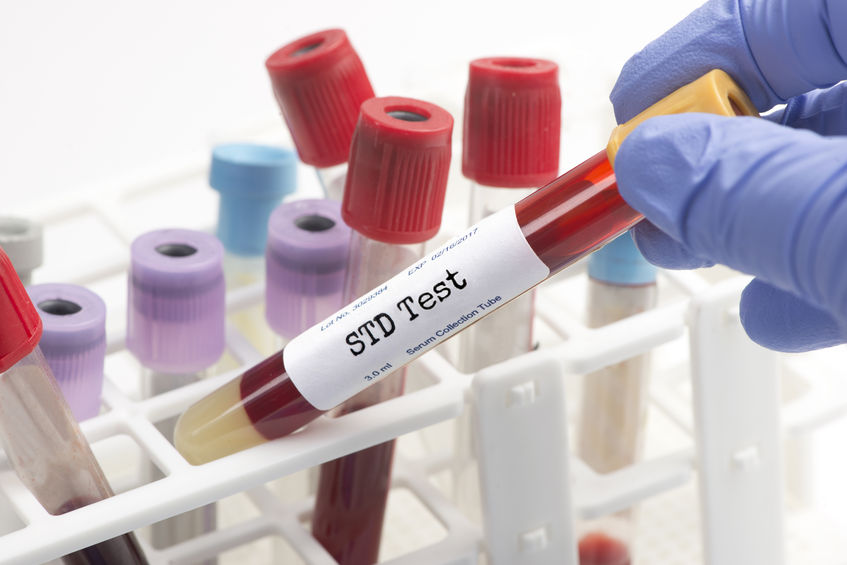Blog
- Home
- Blog
The Silent Threat: The Power of Asymptomatic Testing in Defending Public Health The world faced an unprecedented health crisis that shook us …
Unveiling the Truth: The Untold Tale of Vaping and Its Impact on Your Well-being Step into the world of vaping, a trend …
2024 New Habits: A Guide to STD Testing for a Healthier Future As 2024 approaches, we have the opportunity to adopt new …
Your Health, Your Future: Plan for 2024 with Comprehensive Diagnostic Testing It’s safe to say that everyone wants to live a long, …
Setting Resolutions that Stick: How Diagnostic Testing Can Help You Achieve Your Health Goals The New Year is fast approaching, and you …
The Gift of Health: Why Diagnostic Testing Makes a Thoughtful Christmas Present As the holiday season approaches, we all start to think …
Understanding Pregnancy Hormones: A Journey into the Beautiful Chaos of Pregnancy Pregnancy is an amazing experience, filled with countless wonders and challenges. …
Understanding the Significance of Your Thyroid: Why You Should Pay Attention Did you know that the little butterfly-shaped gland in your neck, …
The Surprising Link Between Testosterone and Intimacy in Marriage As a man, you’re likely familiar with the role of testosterone in your …
The Truth About Chlamydia: It Won’t Disappear Without Treatment Chlamydia is one of the most common sexually transmitted infections (STIs) in the …
Understanding the Achilles Tendon Injury that Benched Aaron Rodgers Injury-–an athlete’s worst fear. For Aaron Rodgers, the New York Jets star quarterback, …
Code Red. What’s Going on with Ozempic? Unless you’ve been living off the grid for the past few months, you’ve probably heard …
Having Sex for the First Time? Make the Experience Enjoyable with These 4 Tips Embarking on a journey of sexual intimacy can …
Help! I Caught the Baby Blues Having a baby is often considered a joyous and magical time in a person’s life. However, …
Medical laboratories play a vital role in our healthcare system, providing valuable information to diagnose, treat, and prevent diseases. The journey from sample collection to analysis is a fascinating and intricate process that often remains shrouded in mystery. In this article, we'll take you behind the scenes to demystify the medical lab process, unraveling the steps involved and the technology at work.
Privacy Concerns? 3 Ways Healthcare Providers Safeguard Your STD Testing There is a myriad of reasons why people avoid STD testing. For …
24-7Labs: Revolutionizing Sexual Health with Comprehensive Testing Sexual health is integral to our overall well-being, yet it remains a topic shrouded in …
Understanding the Complete Blood Count (CBC) Test: Your Window into Health at 24-7Labs At 24-7Labs, we aim to be your source of …
The Comprehensive DOT Drug Testing Panel: Ensuring Safety and Compliance 24/7 In today’s fast-paced world, safety and compliance are paramount, especially in …
Uncover Your Vital Health Insights with 24-7Labs’ Basic Wellness Panel Test In today’s fast-paced world, maintaining good health and wellness is of …
Comprehensive Drug Testing: Exploring the Benefits of 5, 10, and 12 Instant Testing Panels In today’s fast-paced world, organizations and individuals alike …
Cracking the Code: Understanding CMP Testing with 24-7Labs If you’re looking for comprehensive blood testing, a CMP, or comprehensive metabolic panel, is …
The Pros and Cons of At-Home STD Testing Sexually transmitted diseases (STDs) are a serious public health concern, affecting millions of people …
Should I Stay with Someone That Has an STD? Sexually transmitted diseases are a normal, albeit common part of sex and intimate …
First-Time STD Testing? Here’s What You Need to Know It’s STD awareness month, so, what better time is there to get tested? …
Talking to Your Partner About STD Testing: Tips for a Safe, Open Conversation Having a safe, healthy sex life means more than …
Weight Management and Nutrition for a New, More Energized You Weight loss is a common challenge for many, that’s no secret. But …
What Does 24-7Labs Do, Exactly? The American healthcare system, unlike America itself, is far from Democracy. From scheduling and insurance issues to …
The newly developed covid vaccine helps in the prevention of disease and reducing the severity of infection. FDA-approved covid vaccines are safe, …
Top Tips for Safe Dating We are all hoping to find our soul mate – that one perfect person that comes into …
Toxic Masculinity vs. Healthy Masculinity: What’s The Difference? Toxic masculinity – it’s a phrase we hear almost daily in today’s society. But …
Menstrual cups are a little-known reusable feminine hygiene product that promotes numerous benefits. Much like a tampon, menstrual cups are inserted into …
When it comes to the lives of teenagers, the world is ever-changing. From our bodies and hormones to our friends and relationships, …
The efficiency of barrier method The prevention of pregnancy stands as a crucial part of modern practice. Also, it is of major …
Psoriasis is a disease of the skin that causes thick, itchy patches of red skin and silvery scaling. According to Psoriasis.org, this …
Common Habits Bringing You Closer to Cardiac Arrest Following the pandemic and in the wake of some truly trying times, it is …
ECT is the abbreviation for Electroconvulsive therapy. It refers to a laboratory procedure in which the patient is given small electric current …
“Scientists had warned that the variants- and in particular B.1.1.7- might lead to 4th wave in the US and that the already …
Debunking Myths About the Covid-19 Vaccine It’s no secret that the Covid-19 pandemic had a huge impact on the world that continues …
While it’s only the second week of February, spring will be here before we know it. With that comes blooming flowers, green …
Helpful Weight Loss Tips And Diet Plan There are two top concerns for most of us that are weight loss and weight …
BMI stands for Body Mass Index, which is the ratio of an individual’s weight (in kg) to the square of their height …
A Guide To Jaundice Jaundice is a medical condition where the color of your skin and the white of your eyes turn …
Stroke- Symptoms And Treatment A stroke is the result of a ruptured or destroyed blood vessel carrying blood to the brain. Therefore, there …
According to the Centers for Disease Control, sinus infections affect more than 31 million people a year. Our sinuses are minute air …
What is Arthritis? When tenderness and swelling appear in some joints of a person then this type of disease is known as …
What is Asthma? Asthma is a chronic disorder. It affects your lungs due to which people feel difficulty in breathing. In this …
There are some reactions after taking vaccines of covid. These reactions are known as a covid arm. Soreness and swelling are the …
Caffeine is one of those things of which we cannot get enough. From coffee to energy drinks and tea, this flavorless, natural …
What is vertigo? It is a condition of hallucination of environment or self-movement. We can say the common word dizziness for different …
While gluten is a commonly found ingredient, More than 18 million Americans are sensitive to it today, according to Deals on Health. …
ADHD is the abbreviation for attention deficit hyperactivity disorder. It’s a psychological disorder that causes impulsive and hyperactive behaviors in affected individuals. …
What is Alzheimer’s Disease?: The Complete Guide to Alzheimer’s Alzheimer’s is a disease that affects 6 million Americans. Despite common belief, these …
Long-Life Vs Short-Life? What We All Aim For? Long life We can call a long life a healthy life. A healthy life …
Cancer is a condition that develops because of the abnormal division of cells that invade nearby areas and cause problems. The general …
Semen analysis is the measure of the health and viability of sperms produced by males. The sperm count test is another name …
DNA, known as Deoxyribonucleic acid, is a thread-like structure containing a chain of nucleotides carrying genetic information. It helps in the growth, …
What are STIs? STIs refer to sexually transmitted infections that are acquired through sexual contact. They are also known as Reproductive tract …
Want To Keep Your Workplace Safer? Get Your Employees Drug Tested! Drugs Drugs are substances that cause a change in the physiology …
According to the National Heart, Lung, and Blood Institute, blood disorders affect millions of people every year. These acquired and inherited disorders …
Liver Cancer- Symptoms And Treatment It is a condition when cells of the body begin to grow out of control. Liver cancer …
The Fear of Hospitals- What happens In It And How To Cope Up According to psychiatrists, fear of the hospitals is known …
Any infection that spreads through sexual contact is termed as sexually transmitted infections or venereal diseases (VD). Chlamydia, trichomoniasis, HIV, herpes, gonorrhea, …
What Is A Comprehensive Sexual Health Panel? According to the World Health Organization, sexual health is the overall well-being of individuals, couples, …
Menstruation Complications That No One Talks About Normal vaginal bleeding that occurs every month in women is known as Menstruation. Menstruation is …
The topmost layer of our human body, skin, acts as a protective barrier against mechanical, physical, and thermal injuries. So, the skin …
The male reproductive system consists of the penis, testicle, scrotum, and other accessory organs that produce, maintain, and transport semen and sperms. …
Simple clench and release exercises can help women to make the muscles of the pelvic region strong, flexible, and healthy. Another name …
The pancreas is an organ involved in the digestive system and endocrine systems of humans. Located in the upper left abdomen surrounding …
Eating disorders are a type of psychological disorder characterized by abnormal eating habits. Biological and environmental factors play a massive negative impact …
Breast cancer is a commonly observed condition in women wherein a lump or aggregated mass of cells form on the breasts. Breast …
The Complete Guide to Autoimmune Diseases According to Johns Hopkins Medical, autoimmune diseases affect nearly 3% of the American population. But what …
Health Risks And Precautions For Pregnant Women There can be many complications involving the mother’s health as well as the child’s health …
Infections that transmit from infected individuals to other people during coitus or intercourse are called sexually transmitted infections (STIs). There are various …
Aids refers to Acquired immunodeficiency syndrome. It is caused by HIV (Human immunodeficiency virus). Aids is a sexually transmitted infection. It can …
A lot of people have heard the term PCOD but do not know what it exactly is. Polycystic Ovary Disease (PCOD) are …
Debunking Common Healthcare Myths Myths are present in every step of your life. So, how can healthcare be an exception? There are …
PCOS or Polycystic Ovary Syndrome is a common hormonal disorder from which almost 1 out of 10 women tend to suffer. In …
All You Need To Know about Blood Pressure Blood pressure is a common condition that happens to one out of ten people. …
MMA is the fastest-growing sport in the world. A MMA fighter should be both mentally and physically strong. There are some tests …
The human body is made up of different organs and glands. The thyroid gland is one of them, that is a small …
Signs You are Allergic to Grasses and Plants Allergy to grass and plant is a problem for many people. Allergy to grass …
All You Need To Know About Herpes The relationship between herpes viruses and humans may have been around for thousands of years. …
Many would agree, it is pretty wonderful to get a baby into the world. One of the main reasons why people do …
What does Chlamydia mean? Have you ever come across this word? Well, Chlamydia trachomatis is a bacteria, that causes Chlamydia in human …
Polycystic Ovarian Disease (PCOD) is a common health condition affecting every 5-10 women out of 100, in the age group of 12-45 …
Food is a necessity for humans to stay alive. Thus, it makes it really important for us to eat the best and …
Did Not Get Your Periods This Month? It Might Be Menopause Did you not get your periods this month? Do you think …
DNA Testing – Why Should You Get One Done Genetic testing looks for mutations, sometimes called variation, in your DNA. It is …
Sexual Transmitted Disease (STD) is caused by viruses or bacteria that are spread from person to person by sexual activity. If you …
10 Spring Break Rules To Follow For college students, spring break is a time to celebrate finishing school exams and getting the …
The National Diabetes Statistics Report, 2020 by the CDC shows that 1 in 10 Americans have diabetes and that 1 in 3 …
Introduction The news of becoming a parent is overwhelming in itself. Just the news can turn your world upside down, let alone …
All about Comprehensive Sexual Health Panel Introduction Sexual health is as important as any other health. Sexually transmitted diseases (STD) are diseases …
Spring Breaks In Florida – Things You Need To Stay Safe Spring Season is here. We are optimistic that everyone is enjoying …
Basic Sexual Health Panel: All you Need to Know About Sexually transmitted disease (STD) means the disease that is transmitted from one …
Do you worry that you could be lactose intolerant? Maybe when you drink milk or eat products with milk in them, you …
Did you know that people contract 1 million sexually transmitted infections every day? When it comes to STDs and STIs, there’s so much more …
Hoping to gain some information about your ancestry? Trying to determine the legitimacy of your paternity? If so, you can do so be undergoing a …
In America, it is estimated that around 20 million people have some type of thyroid disorder. Recently, you may have had weird …
3.1 million Americans are currently following a gluten-free diet. But many people may be gluten intolerant and not even realize it. If …
Fatigue is defined as extreme tiredness, and it can be caused by any number of mental health or medical conditions. Some of …
Pregnant? You Need These Basic Lab Tests As soon as you become pregnant, your health becomes even more important than it was …
Everything You Should Know About Roaches and Allergies Nobody welcomes cockroaches into their home, but sometimes they sneak in anyway. These pests …
Testosterone Free vs. Total: What’s the Difference? Testosterone is widely known for its role as the male sex hormone. It plays many …
Hepatitis is a serious health condition that affects the liver. This STD occurs in three different forms, which can make it confusing …
If you’ve suffered through a urinary tract infection in the past, you know exactly how painful and uncomfortable the condition can become. …
Top Tips for Protecting Your Immune System This Winter Thanksgiving has passed and the holidays are just around the corner–what an exciting …
Can STDs be treated here’s what you should know You never hope to contract an STD, but if you are sexually active, …
Symptoms are tricky to interpret. Does your headache mean you’re dehydrated, stressed, or dealing with poor vision? It’s tempting to ignore symptoms …
Everything You Didn’t Know About Your Prostate If you are anything like the majority of men out there, you likely don’t think …
Often known as “The Clap,” Gonorrhea is a common sexually transmitted disease (STD) that affects about 78 million people around the world …
Fibromyalgia is a painful condition that impacts million of Americans, but many have no idea that fibromyalgia is responsible for their suffering. …
There are many painful symptoms that can arise as a result may different conditions. This makes it difficult to determine the underlying …
Why Are You Suffering From Daily Fatigue? How often do you feel fatigued? Millions of Americans cope with chronic fatigue that leaves …
Do You Have High Blood Pressure? High blood pressure is known as the “silent killer” for a good reason. It occurs so …
Signs You Might Have a Thyroid Disorder Fatigue, chronic pain, and depression aren’t conditions themselves. They are signs that your body is …
Some health problems are glaring and obvious, like a broken leg or bloody nose. Others, like some common STDs, show very few …
As one of the most visible STDs, herpes is also one of the most notorious. This long-term condition can affect the face, …
Hepatitis is a serious health condition, but it does not always make itself known through obvious symptoms. The two types of Hepatitis, …
Your heart is an organ only the size of a fist, yet it is able to pump gallons of blood every minute …
It’s no secret that employers in Long Island, New York and Tampa, Florida do not want their employees under the influence of …
Iron is a critical nutrient for you body, and too much or too little can lead to very unpleasant side effects. It’s …
As soon as you become pregnant, you need to begin nourishing your body in a way that also supports the growth and …
Allergies encompass so much more than just sneezing and itchy eyes. You might have food allergies, pet allergies, or seasonal allergies that …
It’s easy to pretend that STDs will never impact your life, but the truth is that STDs are fairly common in our …
How Does STD Home Testing Work? Did you know that STDs can affect anybody who is sexually active? Whether you have had …
Getting yourself tested for STDs isn’t something you want to broadcast to the world. In fact, many people neglect STD testing, even …
3 Important Reasons to Get Tested for STDs Whether you are from Long Island, New York or Tampa, Florida, sexually transmitted diseases …

